Castelluccio is a village in Umbria, in the Apennine Mountains of central Italy. According to the 2001 census, it had close to 150 inhabitants. Castelluccio is an emotion, a magic place where men and nature blend themselves and find their harmony. It is located in the heart of Valnerina, inside the National Park of the Sibillini Mountains. The history of Castelluccio and its development are related to farming but what made this small village famous over time is the phenomenon of flowering. The plains offer a magnificent landscape every moment of the year, but a visit in this uncontaminated place is a must during the flowering!

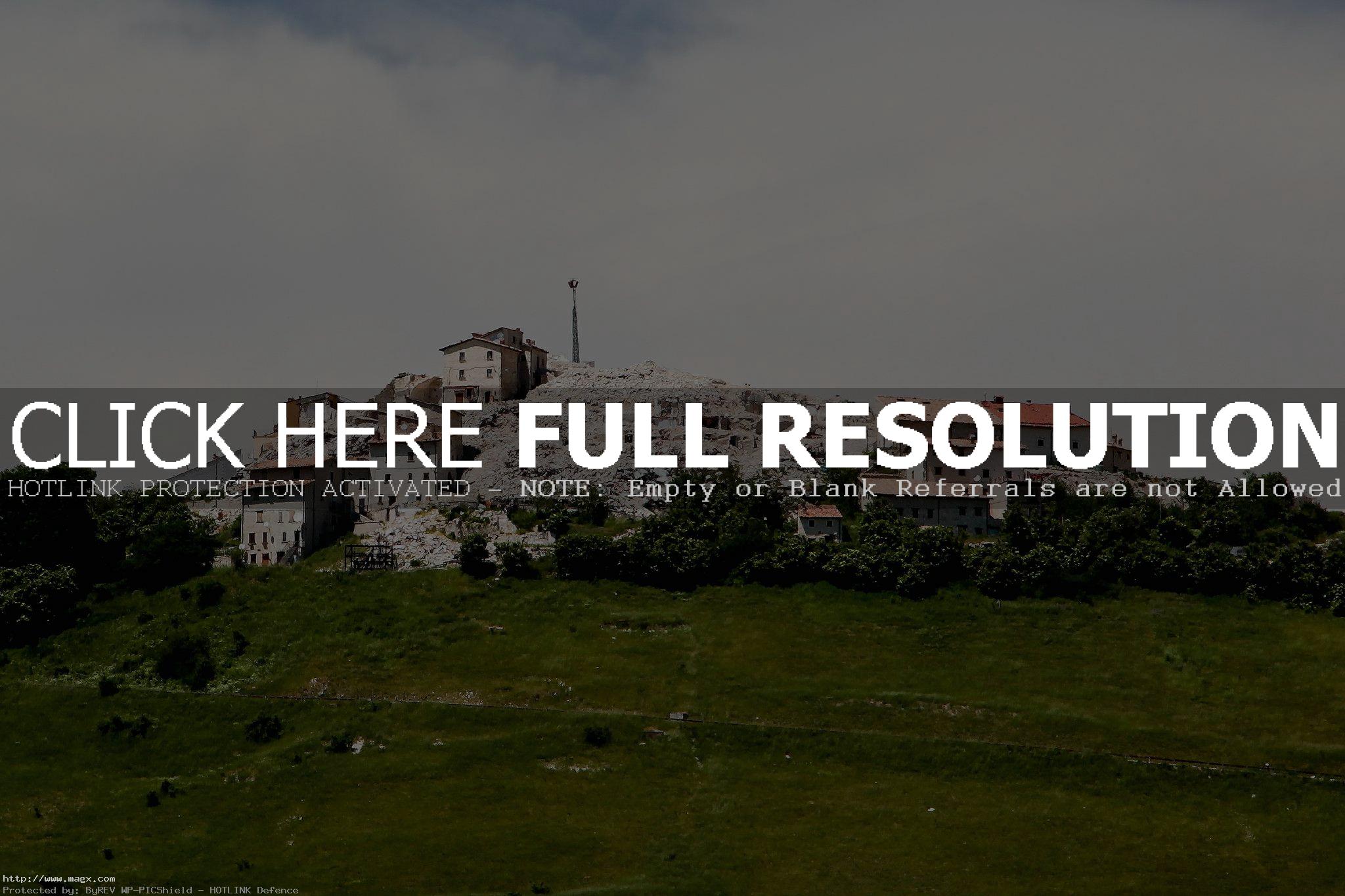

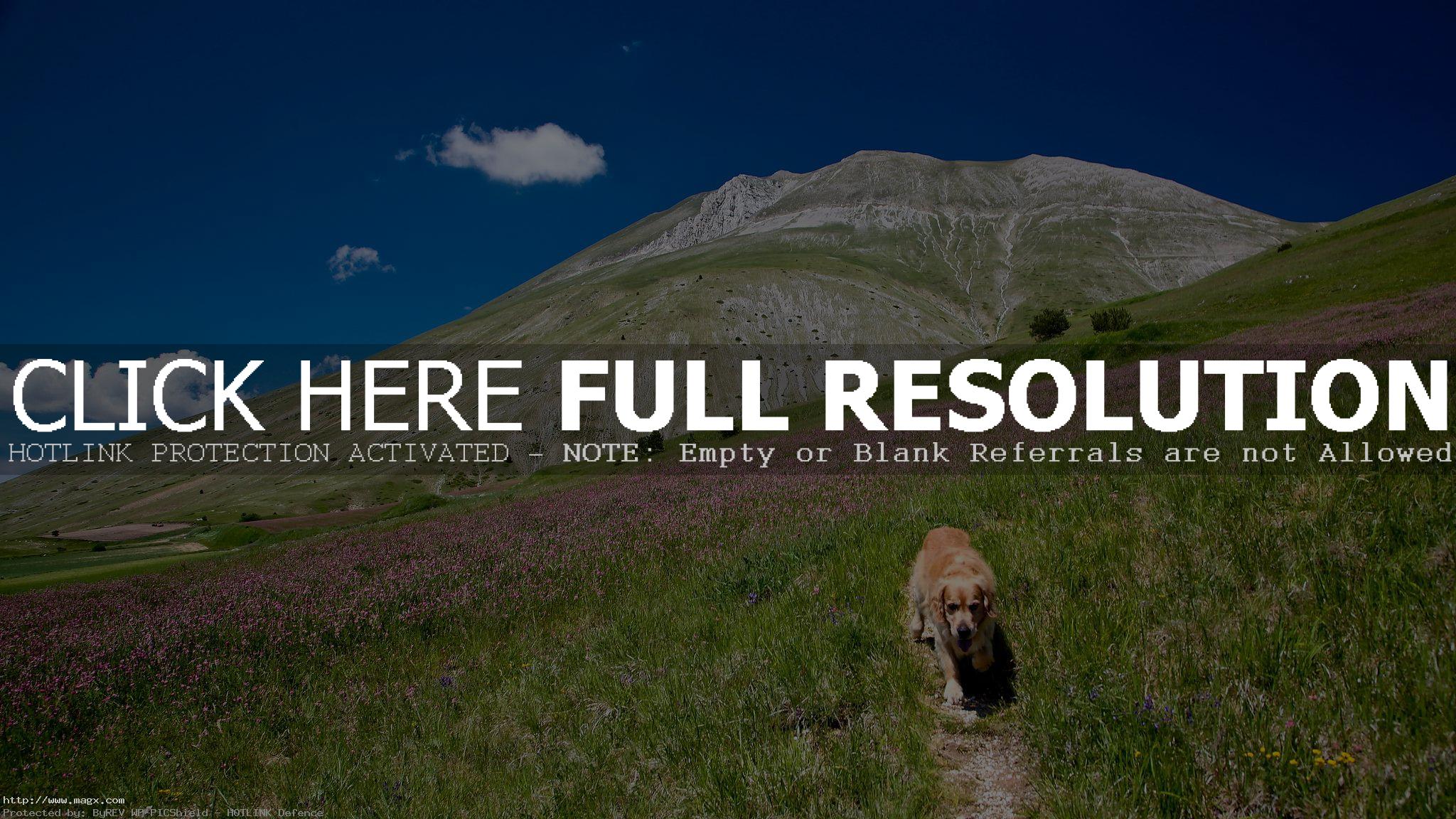





credit: Franco Vannini
Tags: Castelluccio, castelluccio-norcia, Italy, Monti-Sibillini, Norcia, Parco-Nazionale-dei-Monti-Sibillini
Relevant Articles


Minturnae was originally an Auruncian city, one of the three towns of the Aurunci which allied themselves with the Samnites and made war against Rome in 314 BC., the other two being called Ausona and Vescia. The city was probably destroyed in 883 by the Saracens, who in the following years held the surrounding plain. Its site was increasingly abandoned by the population in favour of that of the modern town of Minturno. The Roman ruins consist of an amphitheatre, a theatre in opus reticulatum, and an aqueduct in opus reticulatum, the quoins of which are of various colours arranged in patterns to produce a decorative effect. There are also a statue commonly called of Sepeone, from the Late Empire age, and the remains of a Capitolium, built in Italic-Etruscan style after 191 BC, near the Appian Way.
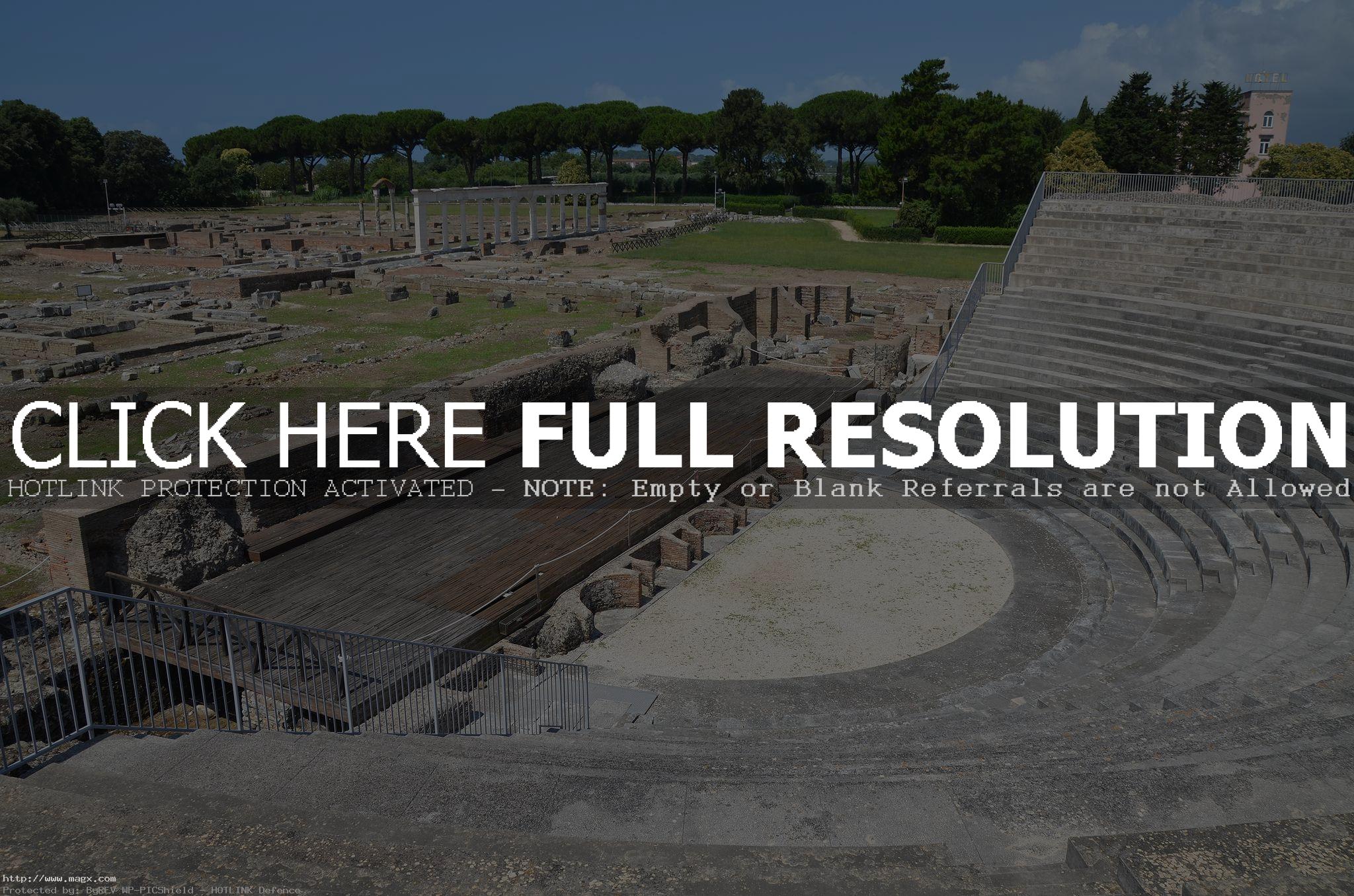
The Roman theatre, built in the late Republican era or at the beginning of the Empire, Minturnae, Minturno, Italy
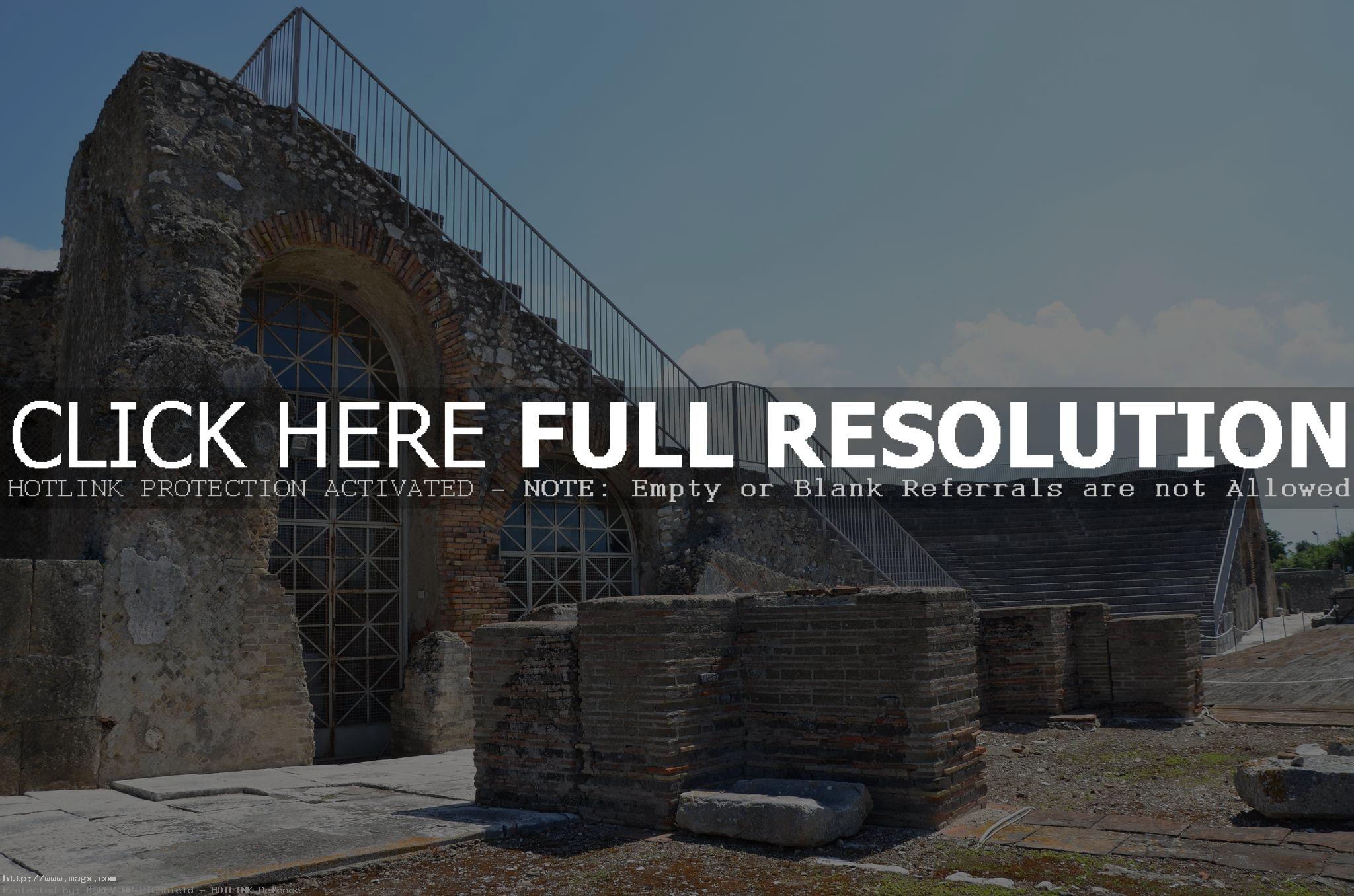
The Roman theatre, built in the late Republican era or at the beginning of the Empire, Minturnae, Minturno, Italy
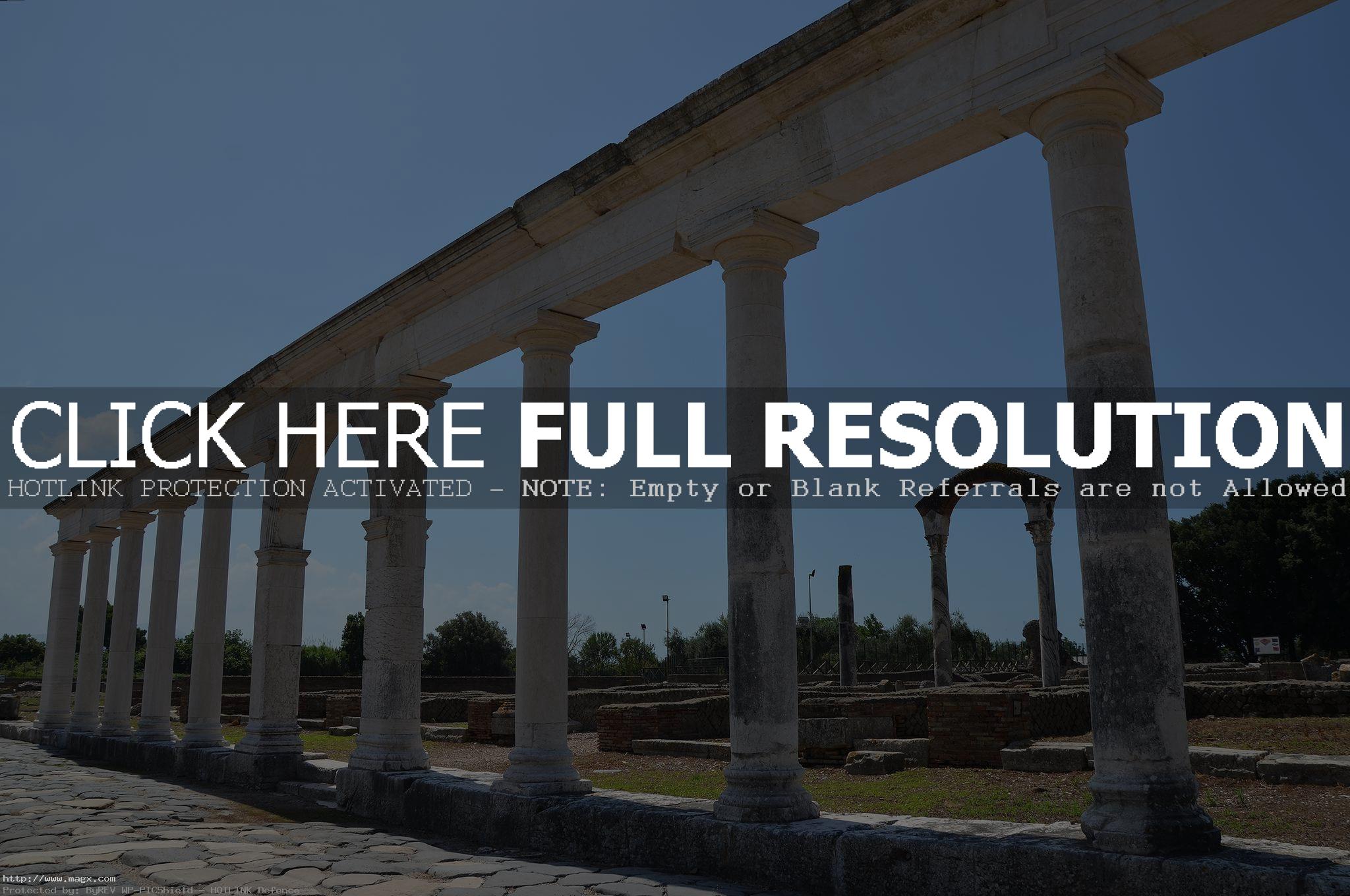
A stretch of the Appian Way passing through the ancient city and serving as its decumanus maximus, Minturnae, Minturno, Italy
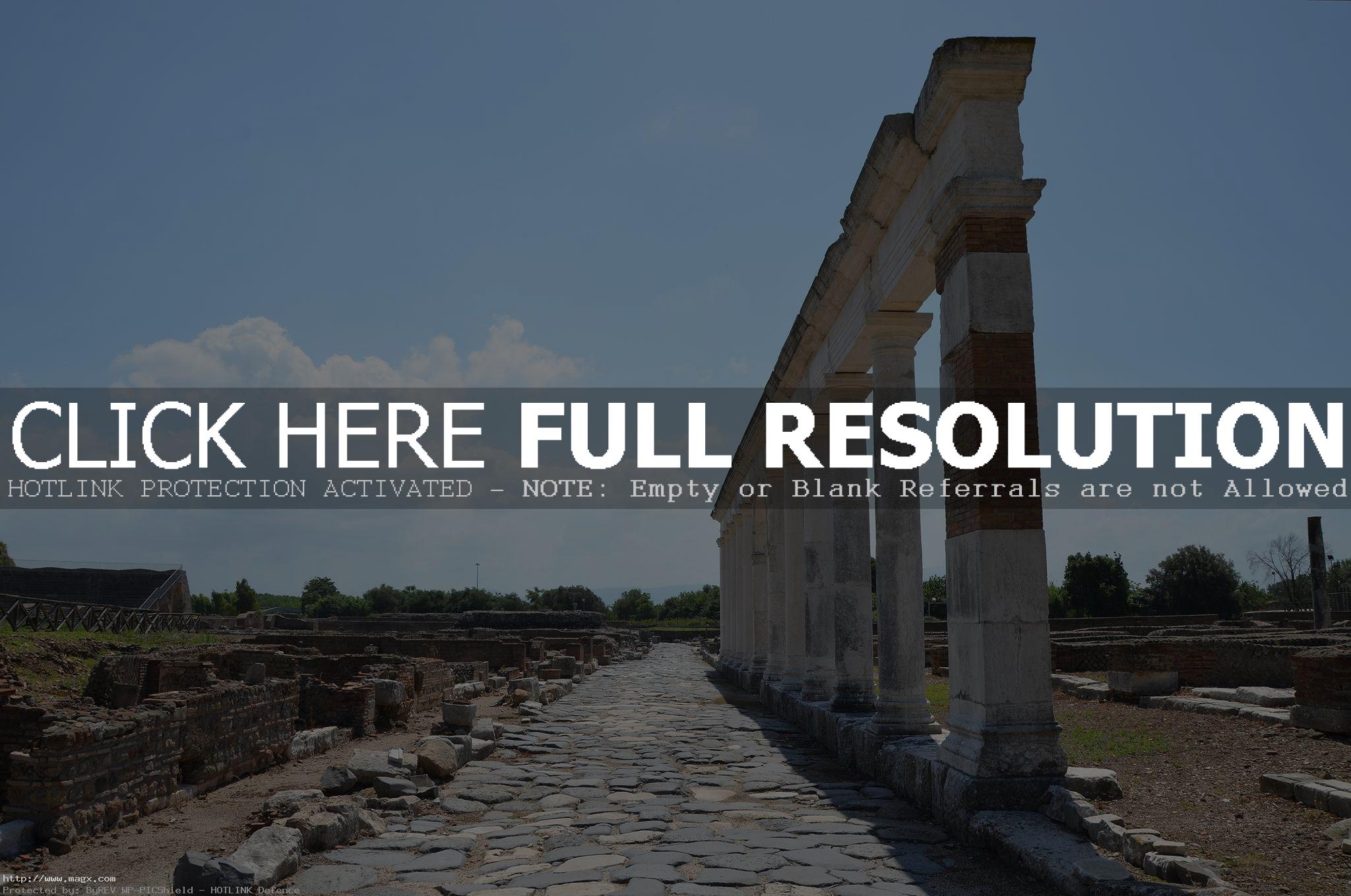
A stretch of the Appian Way passing through the ancient city and serving as its decumanus maximus, Minturnae, Minturno, Italy
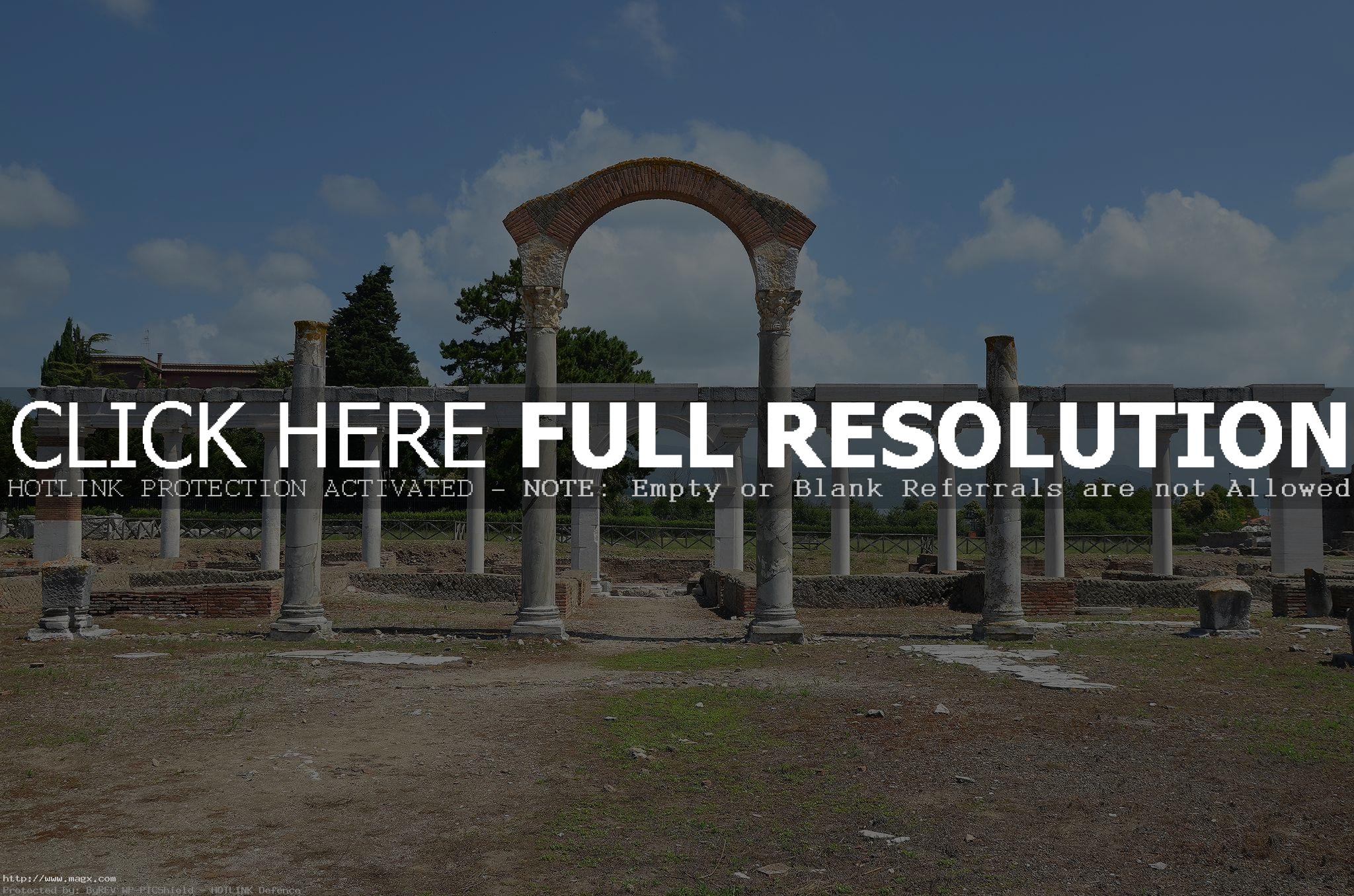
The macellum (market) dating to the Hadrianic period (117-138) and the reconstructed monumental colonnade, Minturnae, Minturno, Italy
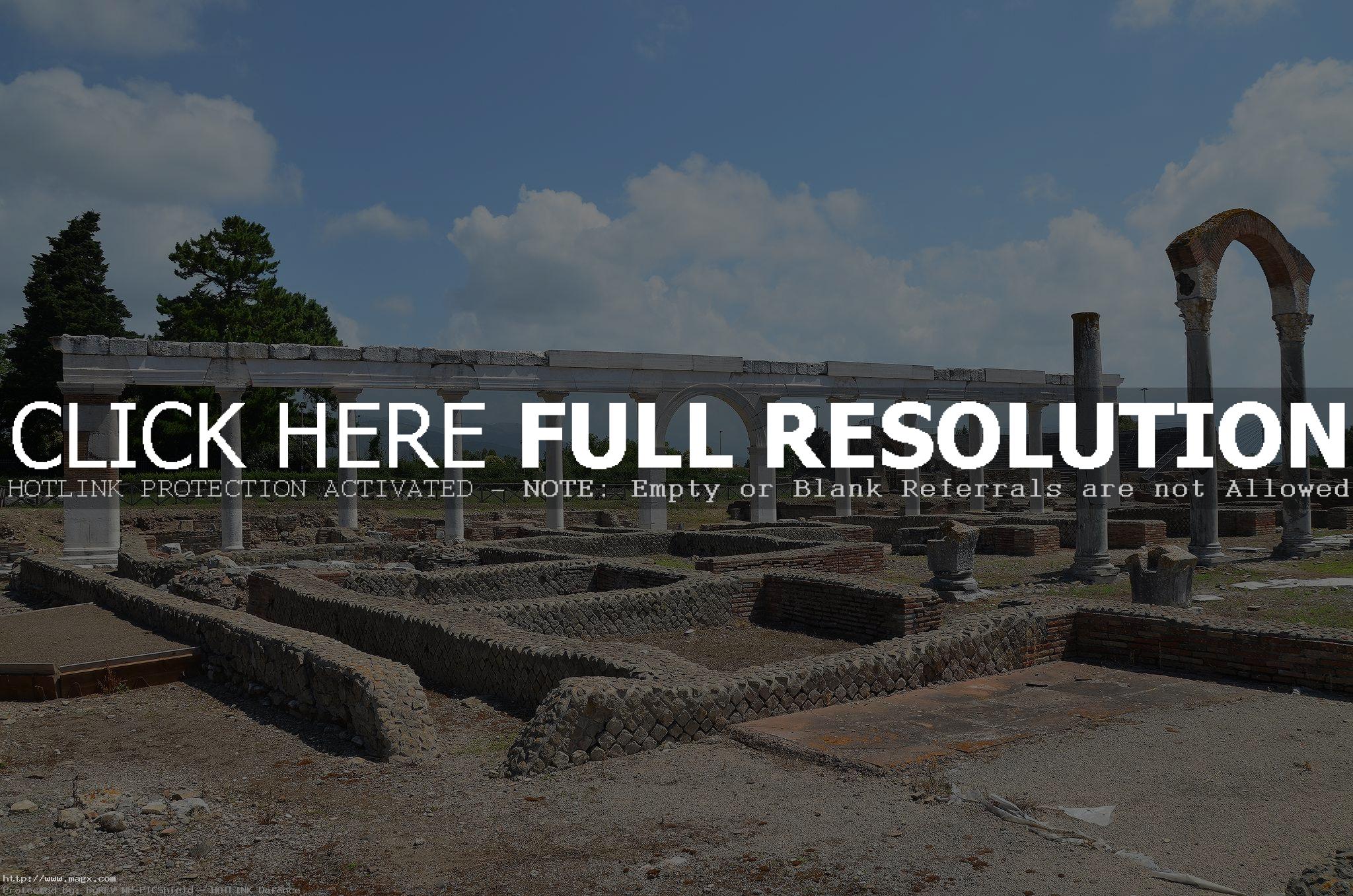
The macellum (market) and the tabernae dating to the Hadrianic period (117-138), Minturnae, Minturno, Italy

Black & white mosaic in the caldarium of the thermae depicting cupids pressing grapes, Minturnae, Minturno, Italy
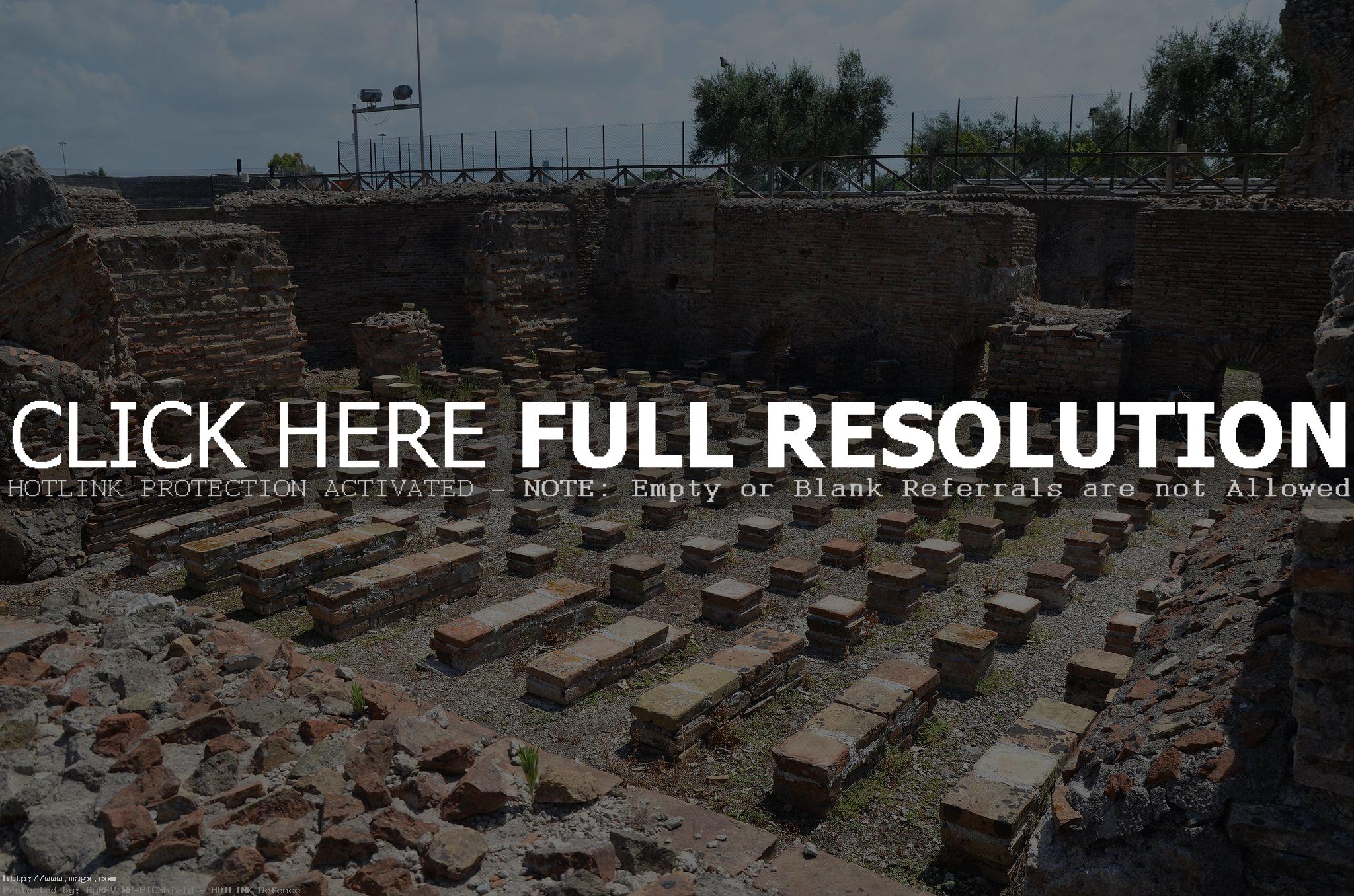
The tepidarium, the warm bathroom of the baths complex heated by a hypocaust (underfloor heating system), Minturnae, Minturno, Italy
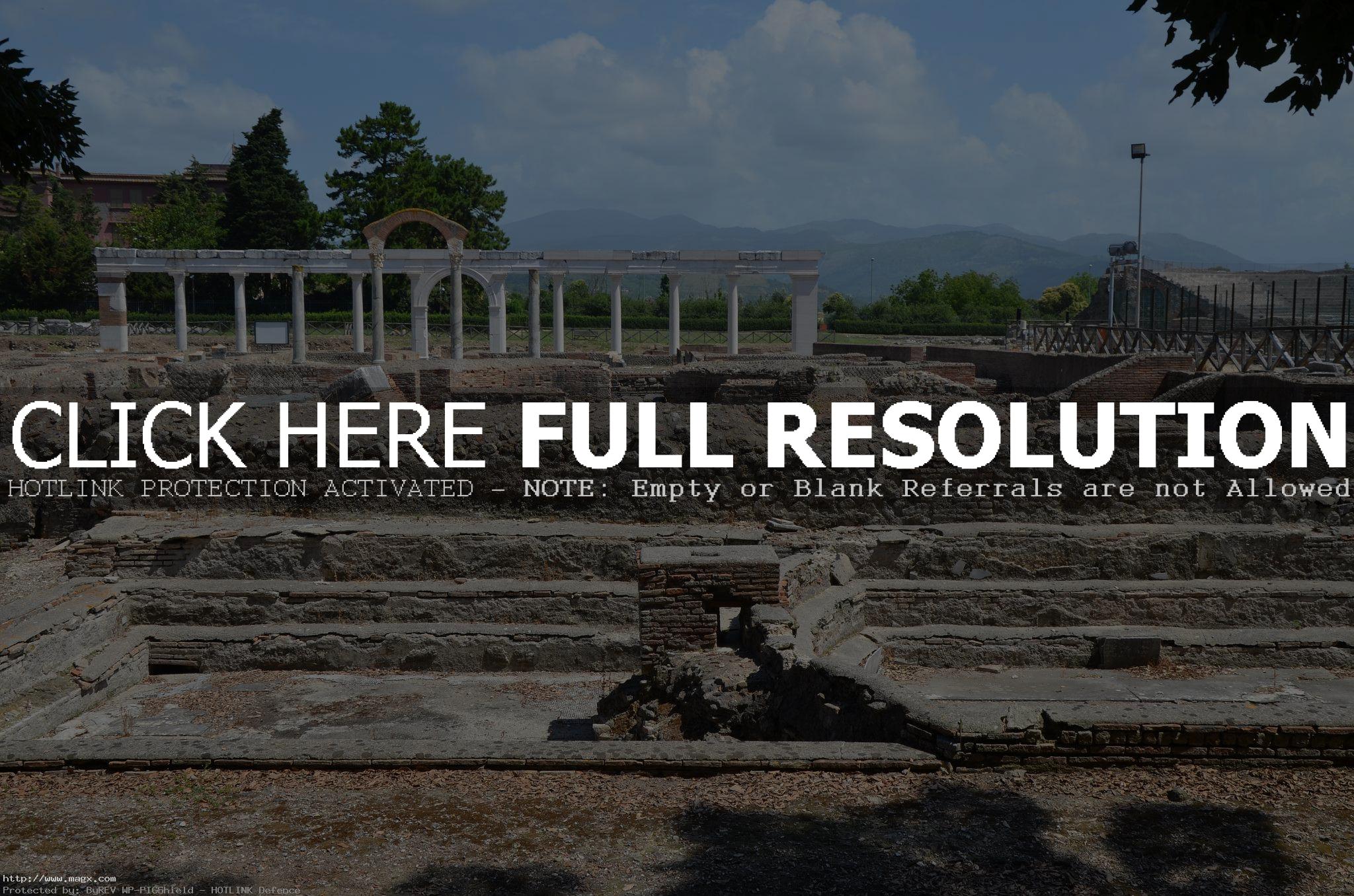
The natatio (swimming pool) of the bath complex, Minturnae, Minturno, Italy
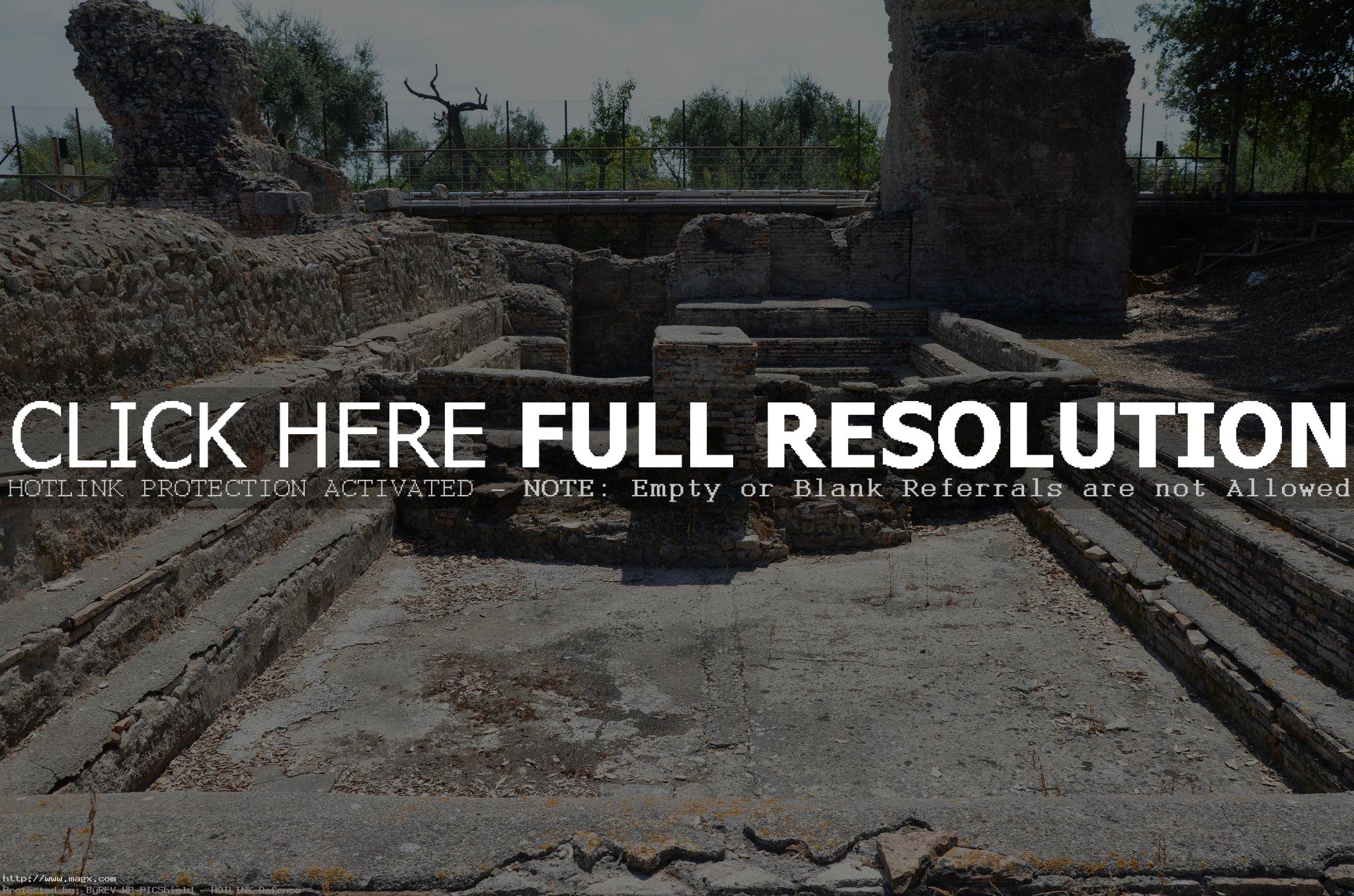
The natatio (swimming pool) of the bath complex, Minturnae, Minturno, Italy

The ruins of the Capitolium (temple dedicated to the triad Jupiter, Juno and Minerva), an Etrusco-Italic type temple built ca. 191 BC, Minturnae, Minturno, Italy
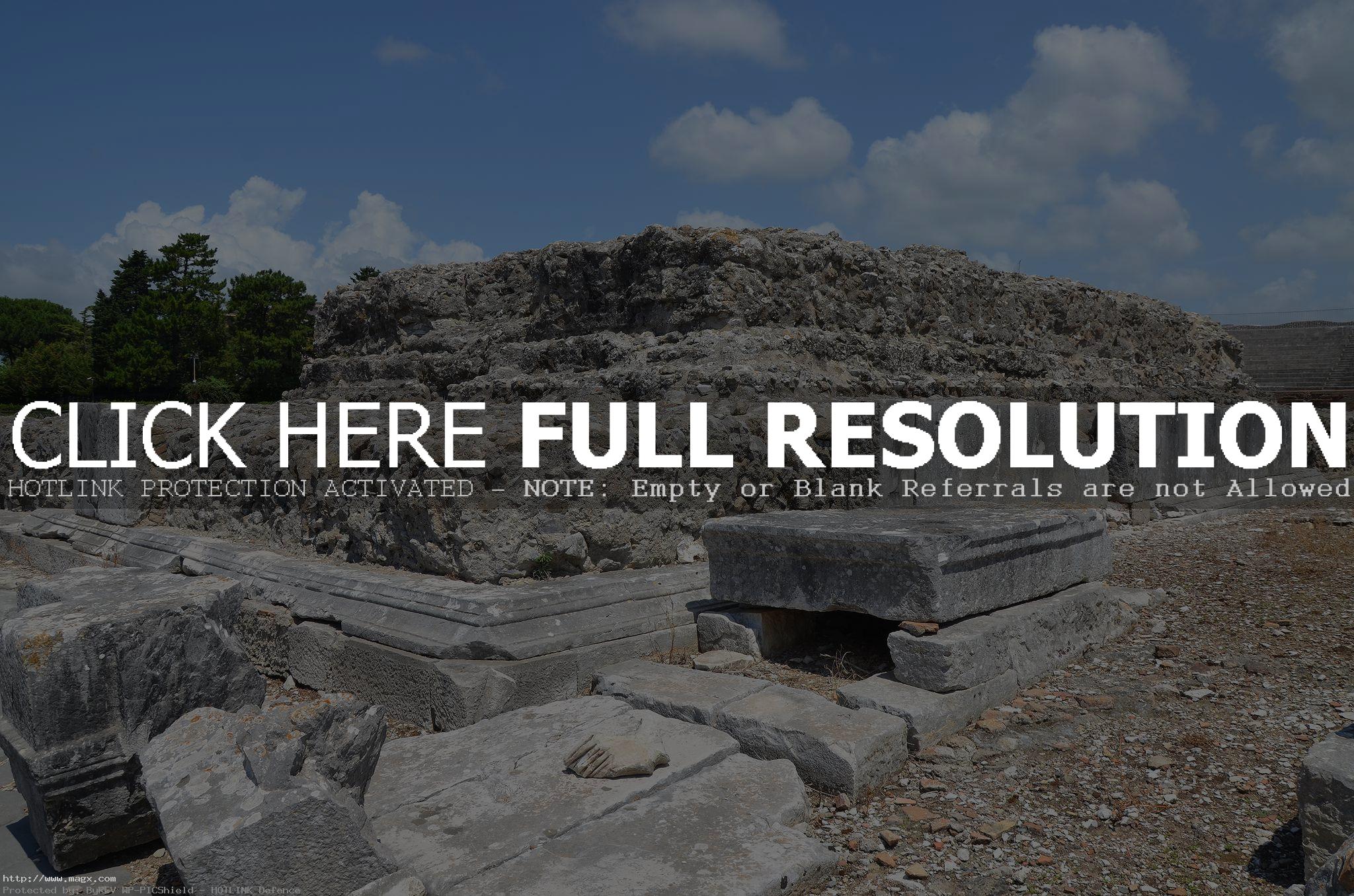
The podium of the Temple of Augustus, built at the beginning of the Imperial age right alongside the Capitolium, Minturnae, Minturno, Italy

The podium of the Temple of Augustus, built at the beginning of the Imperial age right alongside the Capitolium, Minturnae, Minturno, Italy
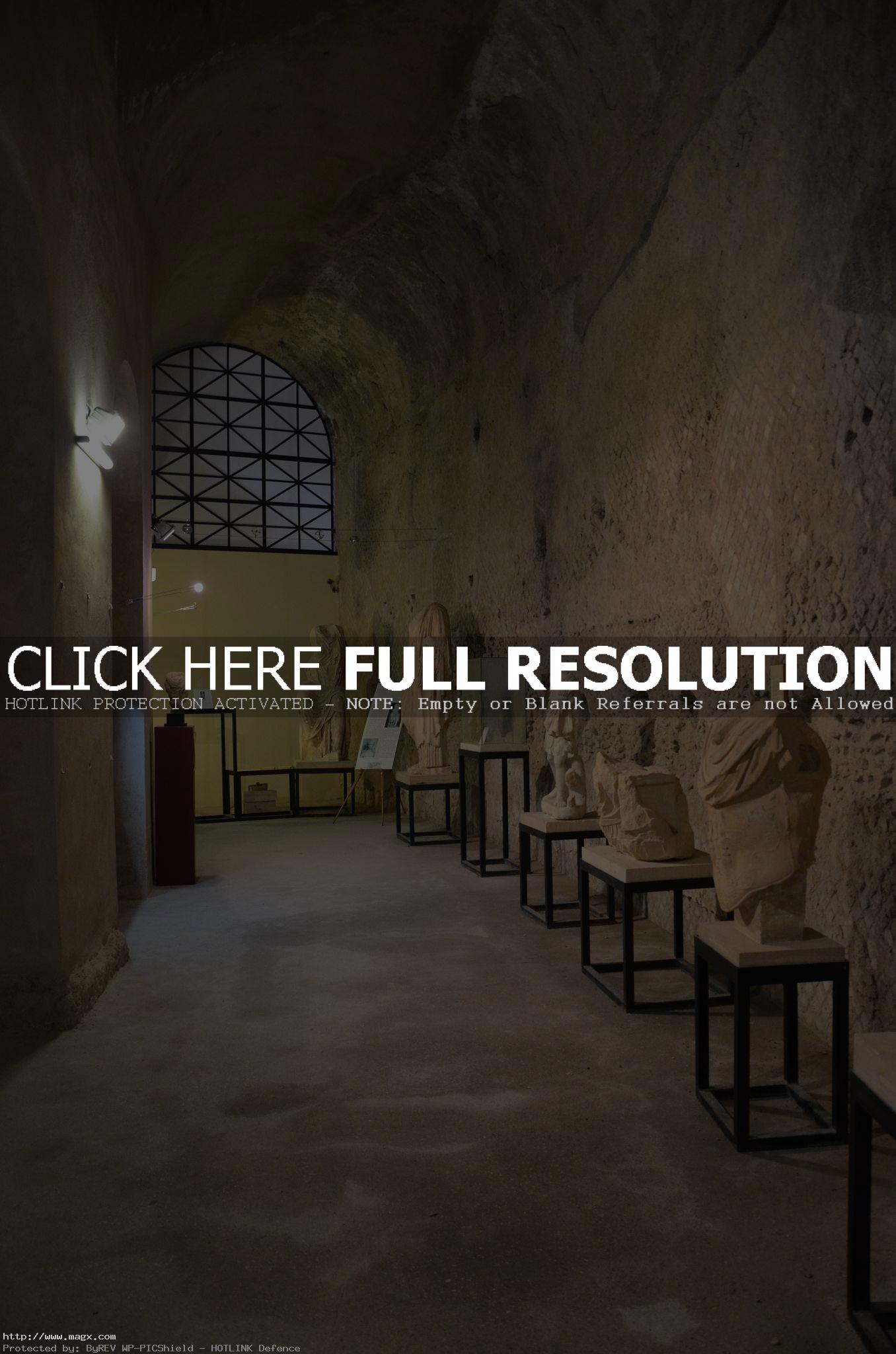
Antiquarium of Minturnae, Minturno
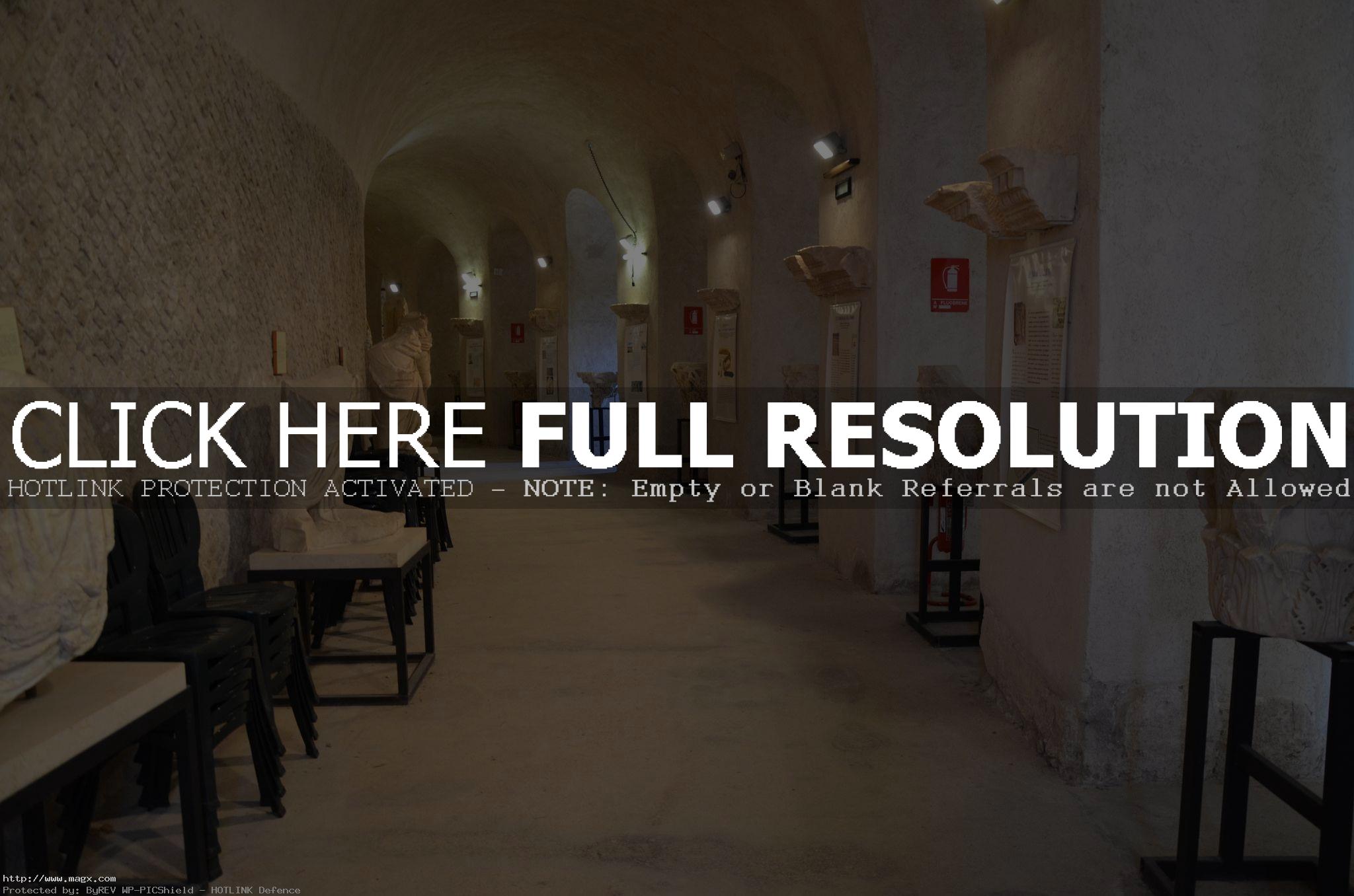
Antiquarium of Minturnae, Minturno
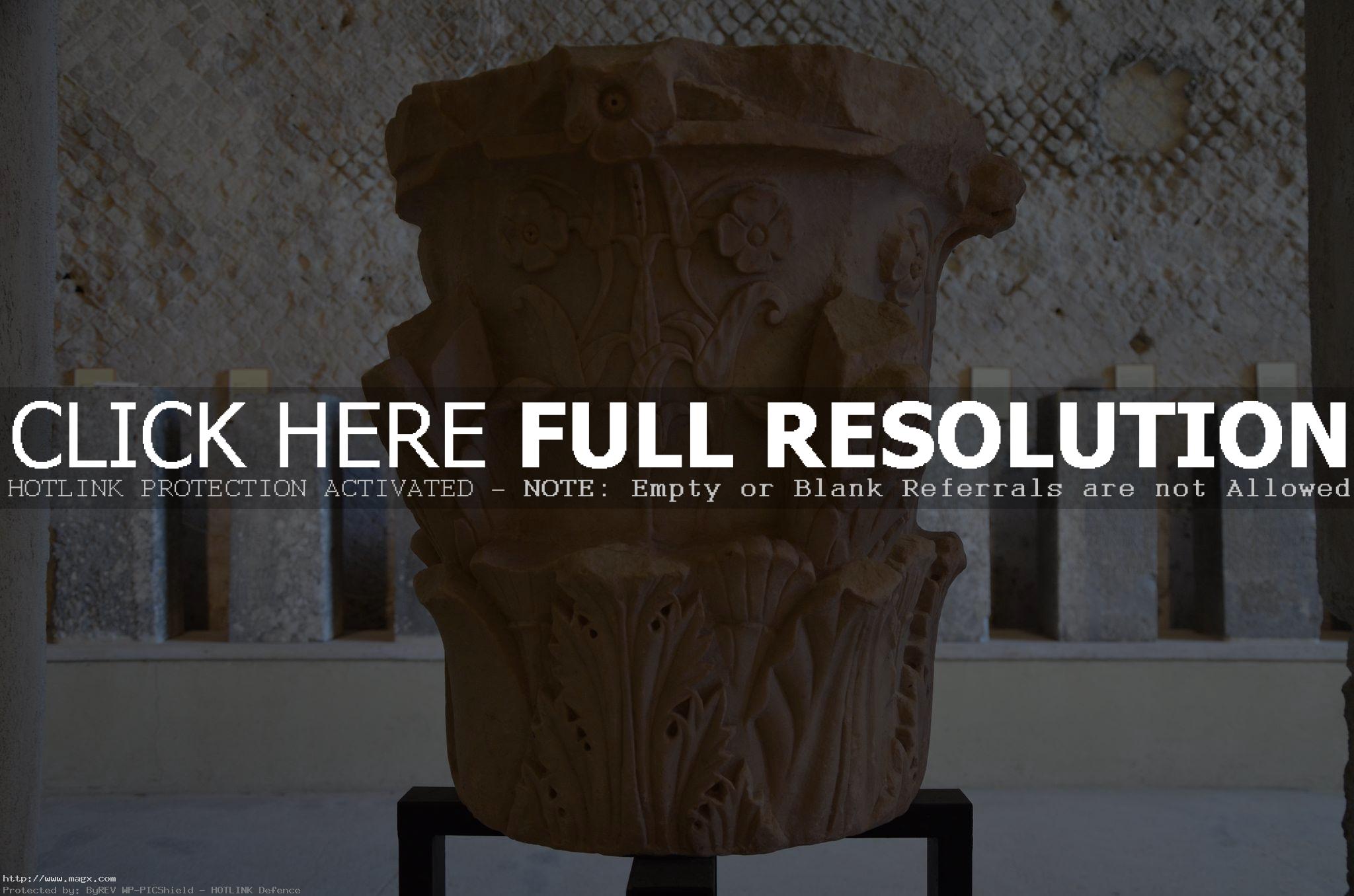
Antiquarium of Minturnae, Minturno
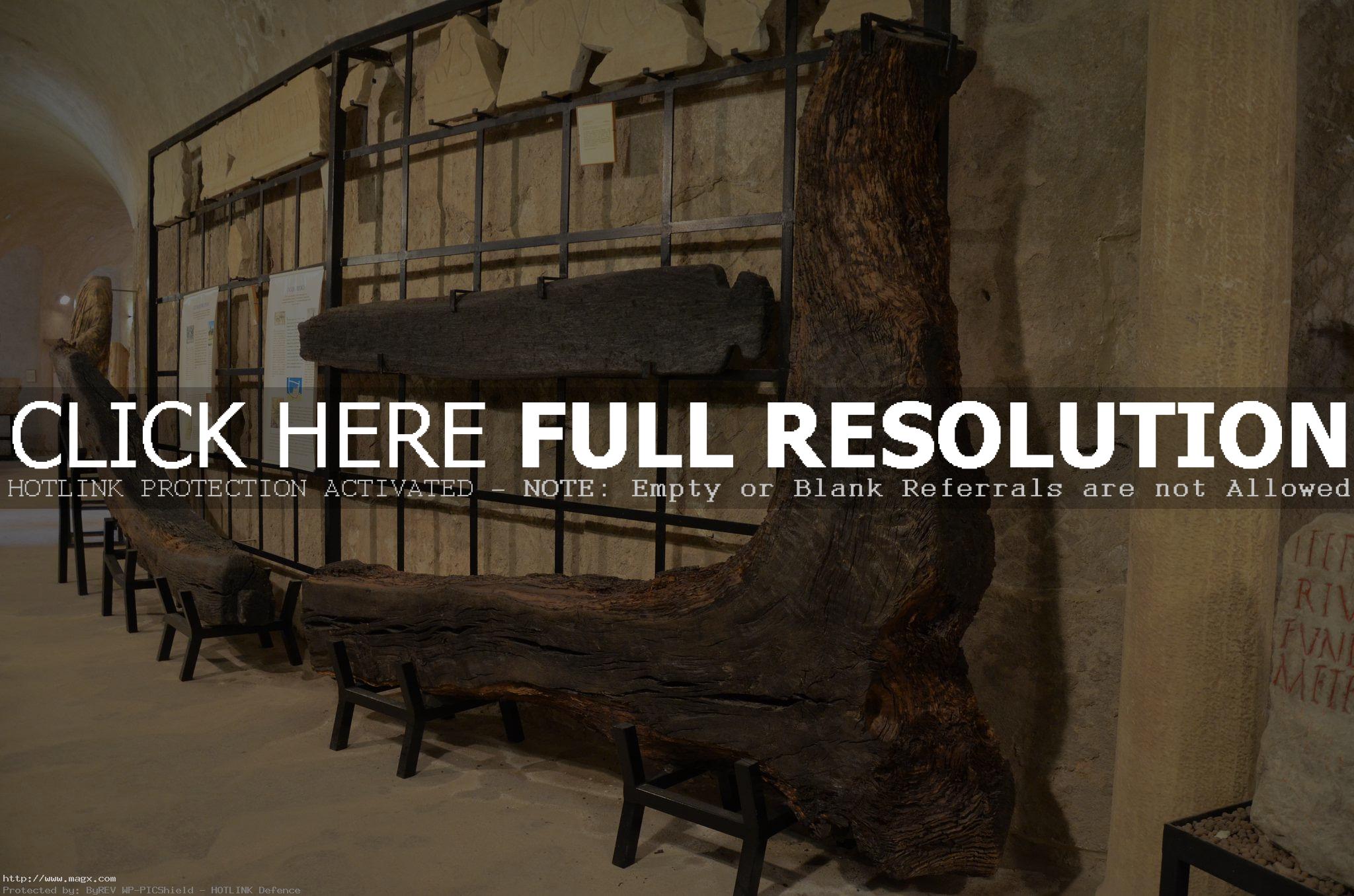
Antiquarium of Minturnae, Minturno
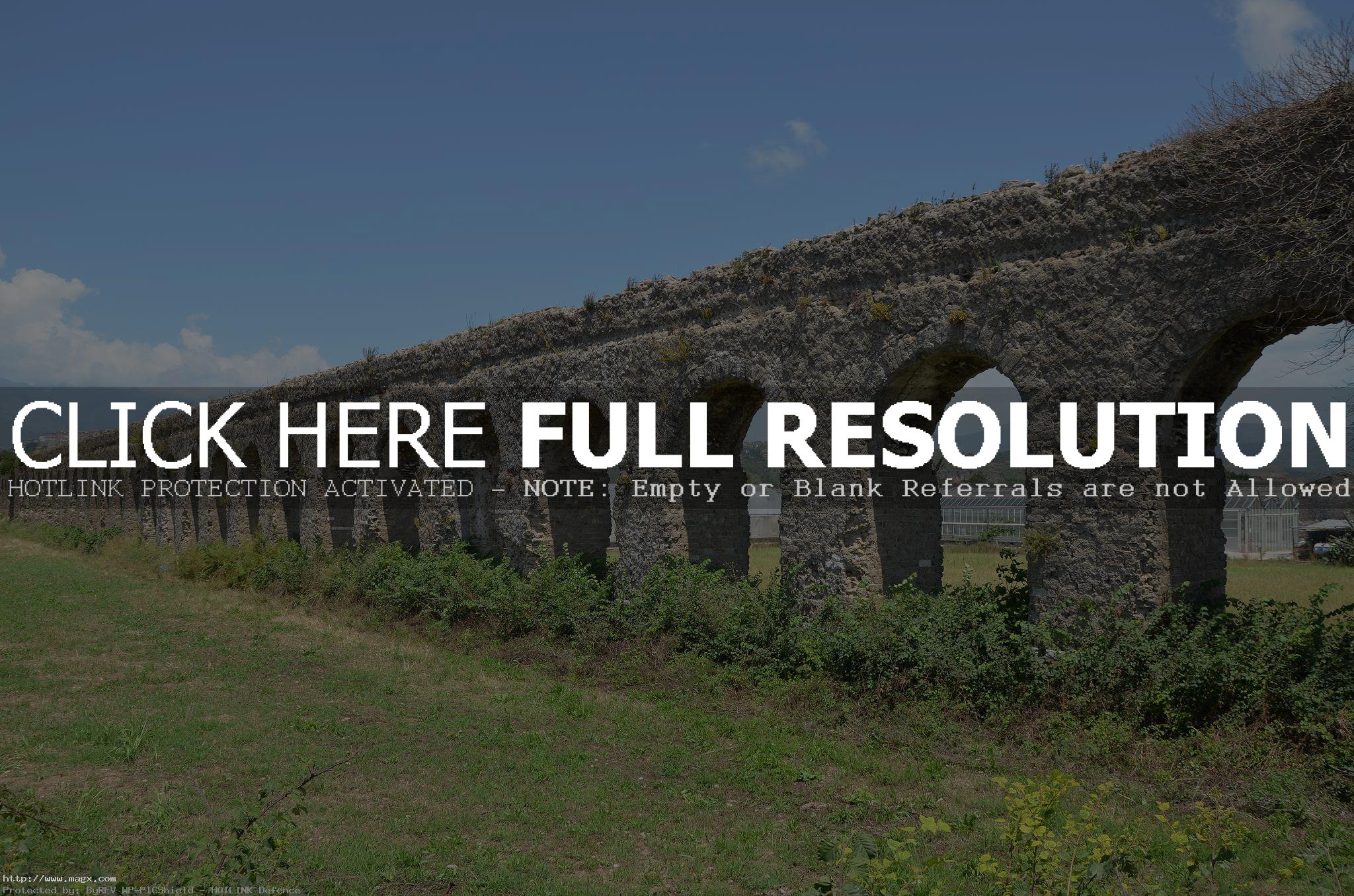
Aqueduct near Minturnae, built between the end of the Republic and the beginning of the Empire, Minturno, Italy
credit: Following Hadrian
Tags: Ancient, city, Forgotten, Italy, Minturnae
Relevant Articles


The Palazzina di caccia of Stupinigi is one of the Residences of the Royal House of Savoy in northern Italy, part of the UNESCO World Heritage Sites list. Built as a royal hunting lodge in the early 18th century, it is located in Stupinigi, a suburb of the town of Nichelino, 10 km southwest of Turin. The palace is also surrounded by impressive formal gardens. The surroundng area is now designated as the Stupinigi Natural Park. Within the palace there are also a large number of rooms that form part of a museum dedicated to 17th and 18th century furnishings, the Museum of Art and Furniture, collected from across the Piedmont region. Many of the enormous rooms are libraries, galleries, salons, private apartments, the King and Queens chambers etc decorated with paintings, trompe loeil, fine furniture and magnificent tapestries.








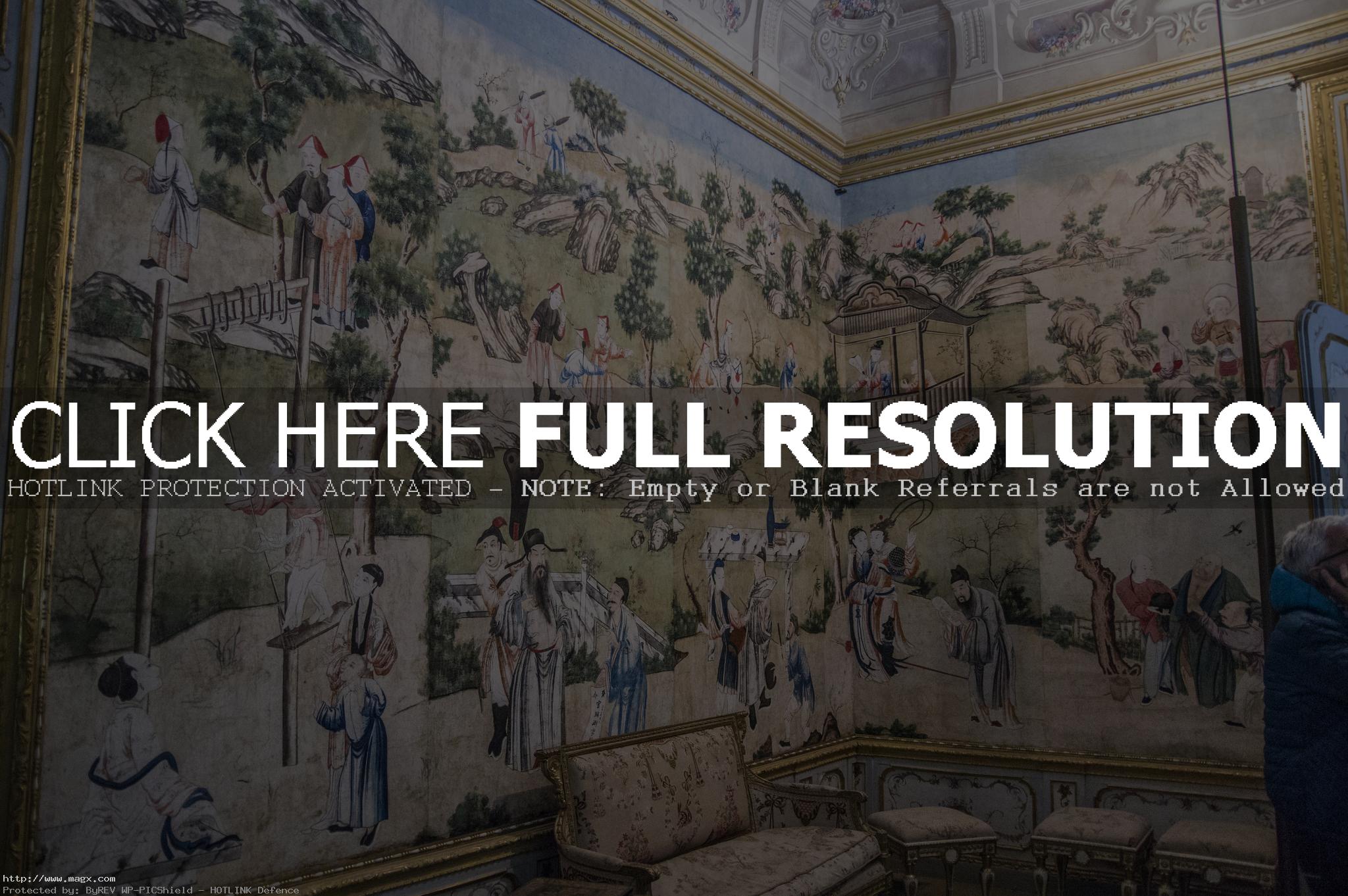











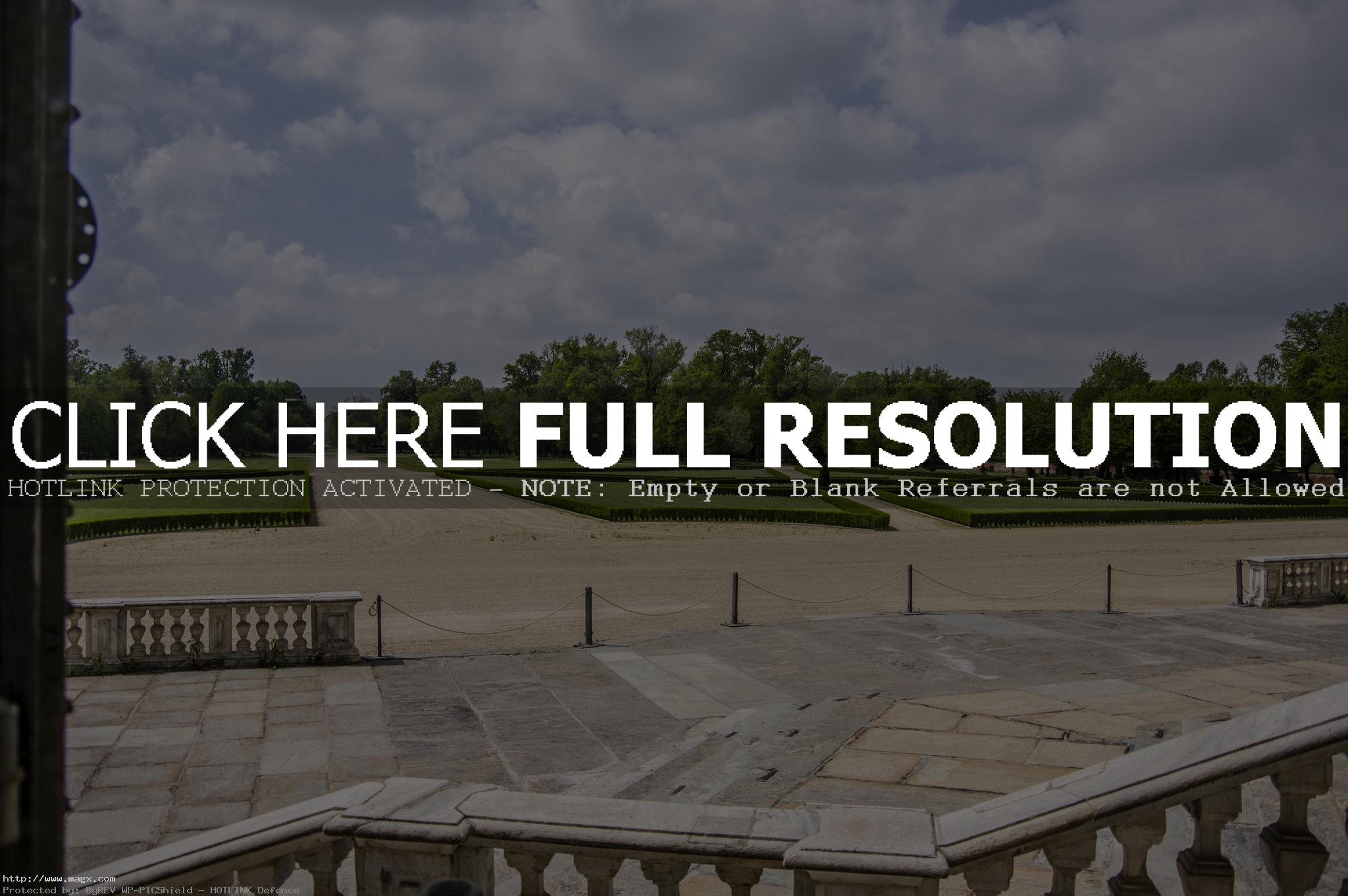

credit: Stefano Merli
Tags: aka, hunting, hunting lodge, hunting residence, Italy, Nichelino, Palace, palazzina-di-caccia-stupinigi, Piedmont, residence, Stupinigi, stupinigi-palace
Relevant Articles


Isola Bella is one of the Borromean Islands of Lago Maggiore in north Italy. The island is situated in the Borromean Gulf 400 metres from the lakeside town of Stresa. Isola Bella is 320 metres long by 400 metres wide and is divided between the Palace, its Italianate garden, and a small fishing village. The island can be reached by service boat or motor launch from Stresa, Verbania, Baveno and Arona. In 1632, Carlo III Borromeo decided to have a palace built for his wife Isabella d’Adda and selected an empty little island opposite Stresa, where the Toce River flows into the Gulf of Verbano. Works stopped towards the middle of the 17th century due to the pestilence that developed in the dukedom of Milan, however they were later continued with renewed vigour by the sons of Carlo III, Cardinal Giberto III (1615-1672) and especially Vitaliano VI (1620-1690). The latter was responsible for appointing famous Roman architect Carlo Fontana to complete the works.

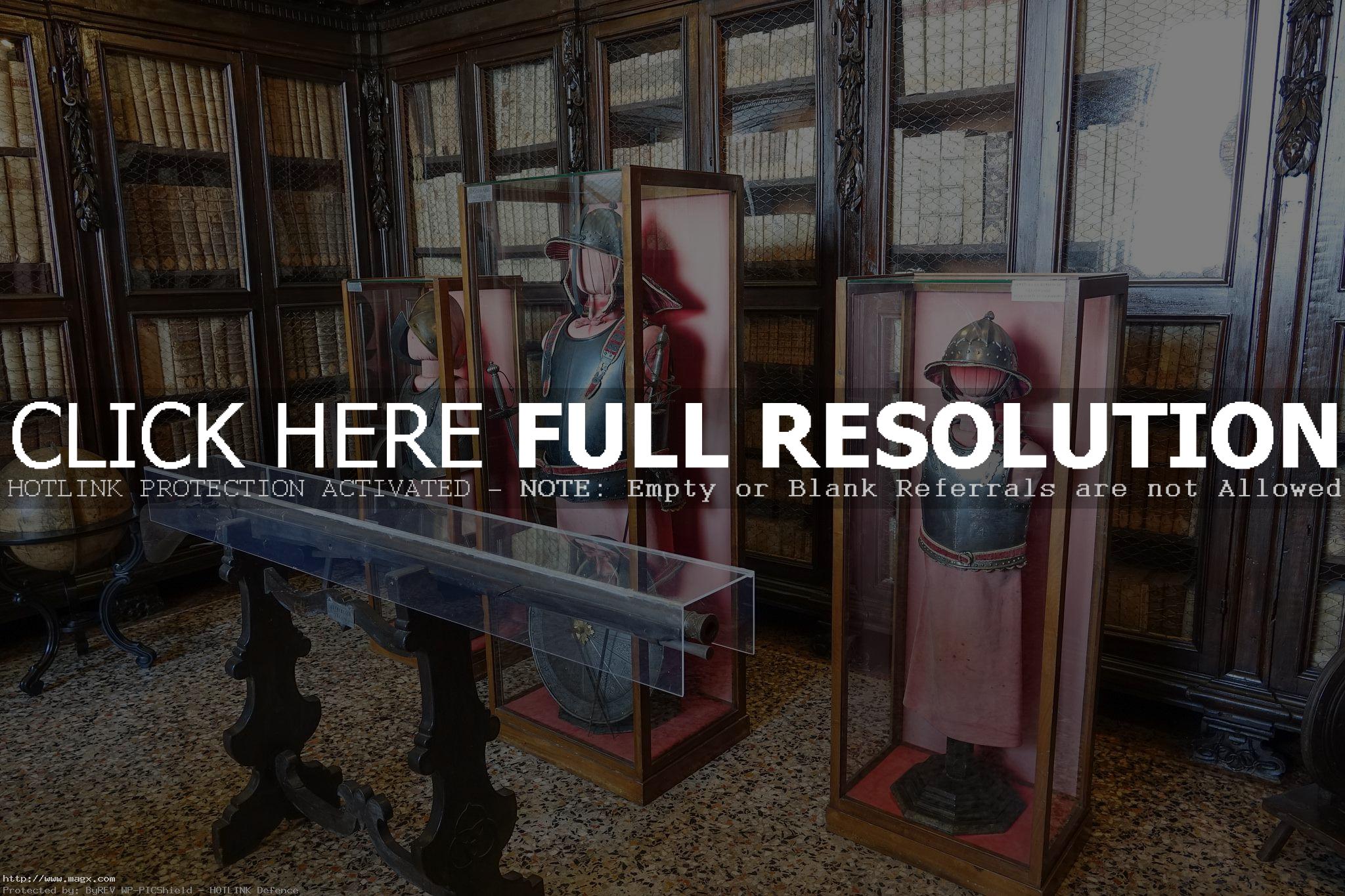








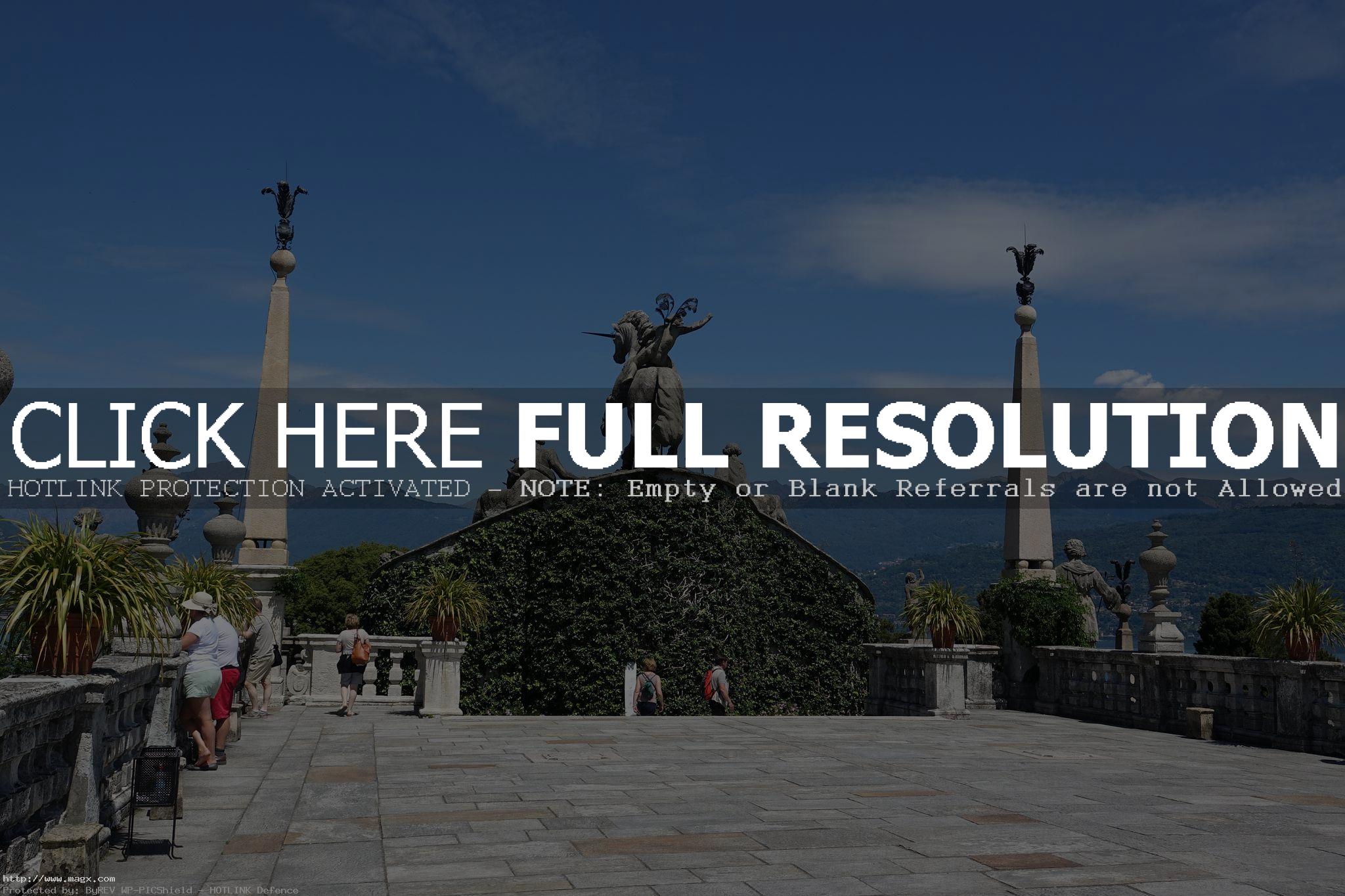


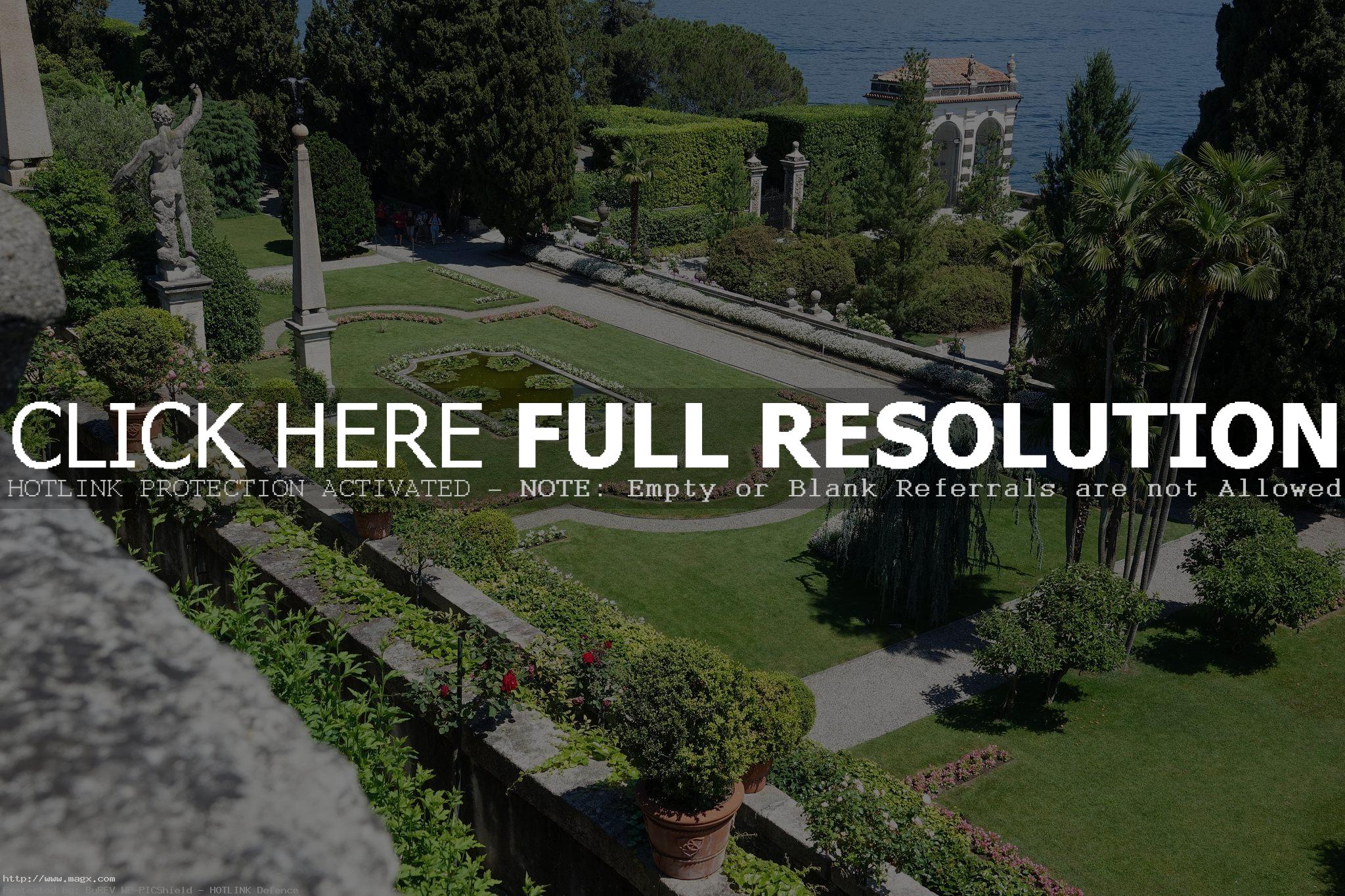
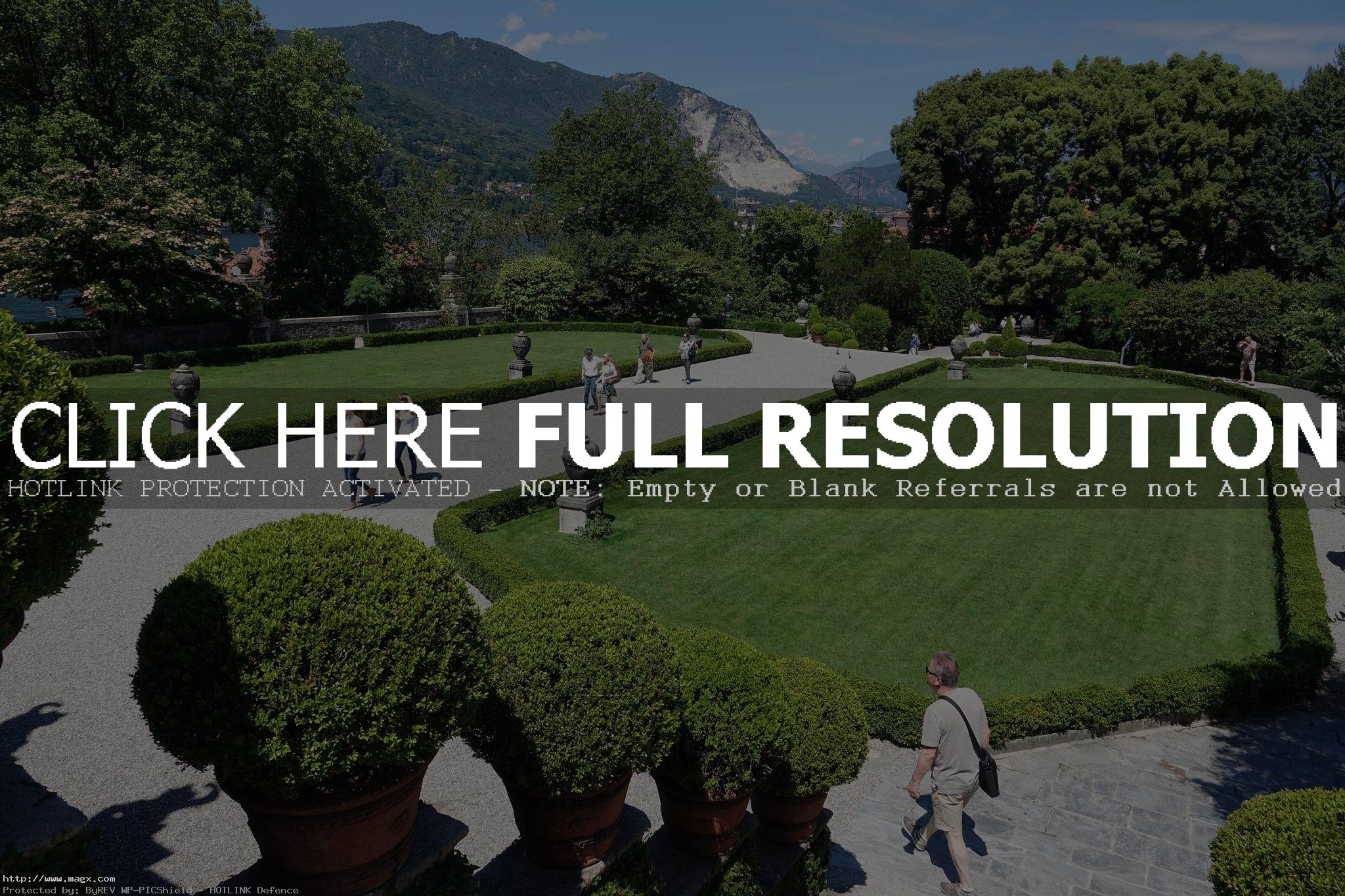
credit: emanuelestefano.foco
Tags: Bella, Borromeo, Isola, isola-bella, Italy, lago-maggiore, Palazzo, palazzo-borromeo
Relevant Articles
Capri is an island located in the Tyrrhenian Sea off the Sorrentine Peninsula, on the south side of the Gulf of Naples in the Campania region of Italy. The island is a single block of limestone 6.25 km long, with a maximum width of 2.7 km and an area of 10.4 square km. The island has a population of 12,200 people. The main town Capri that is located on the island shares the name. Capri is 45 kilometers from Naples and takes approx 50 to 80 minutes to reach by boat depending on whether you take a regular ferry or hydrofoil.

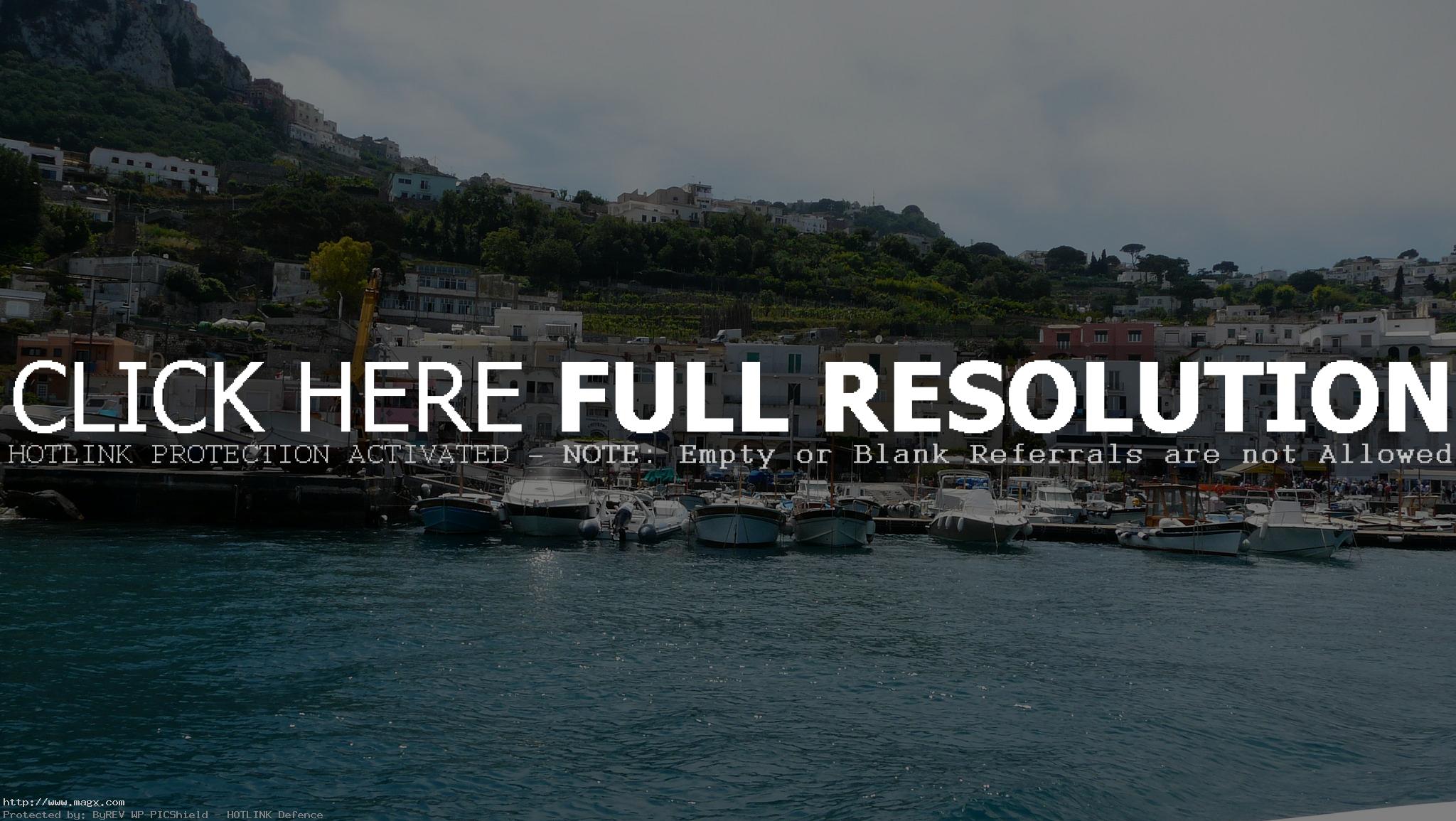
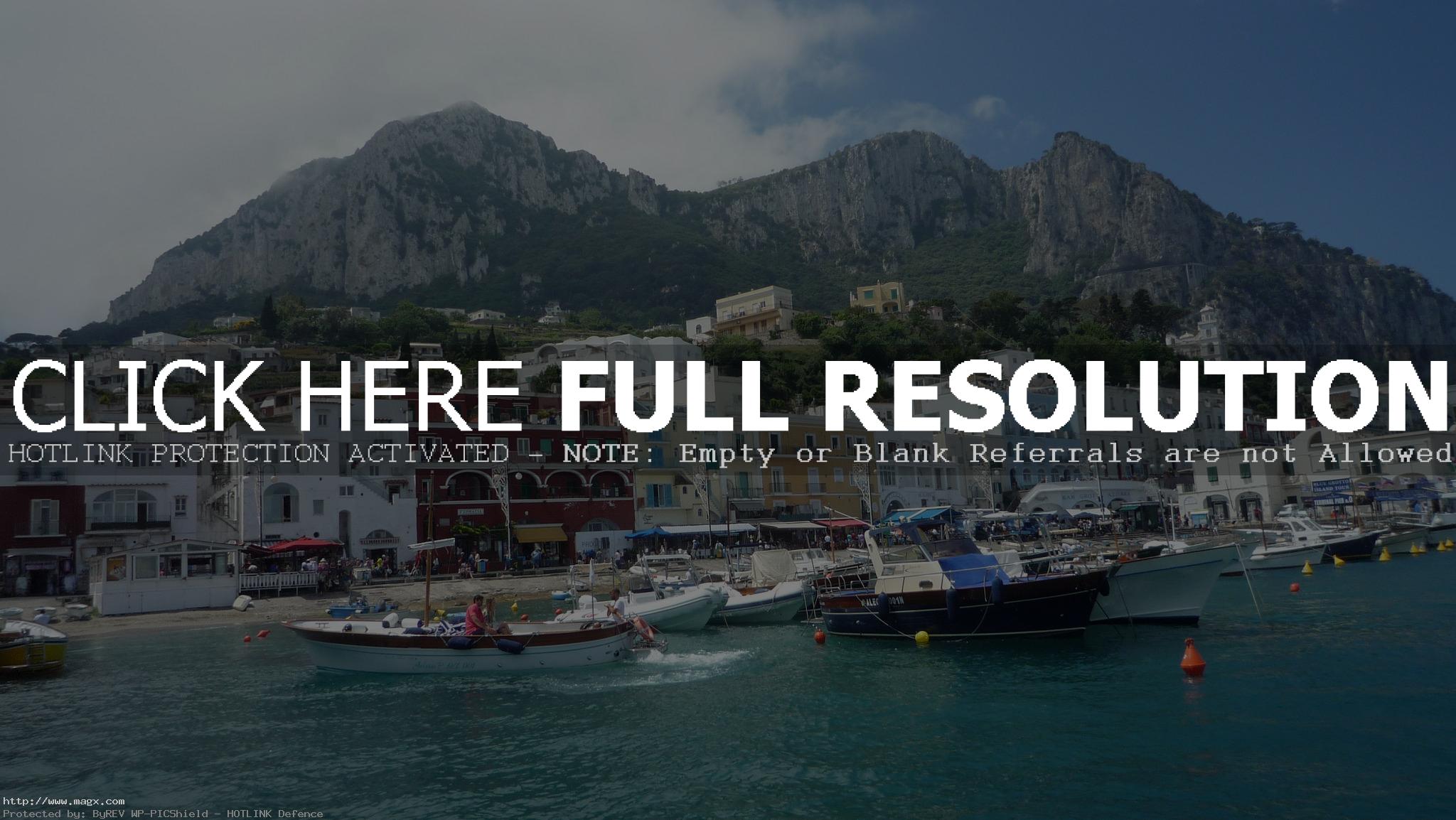

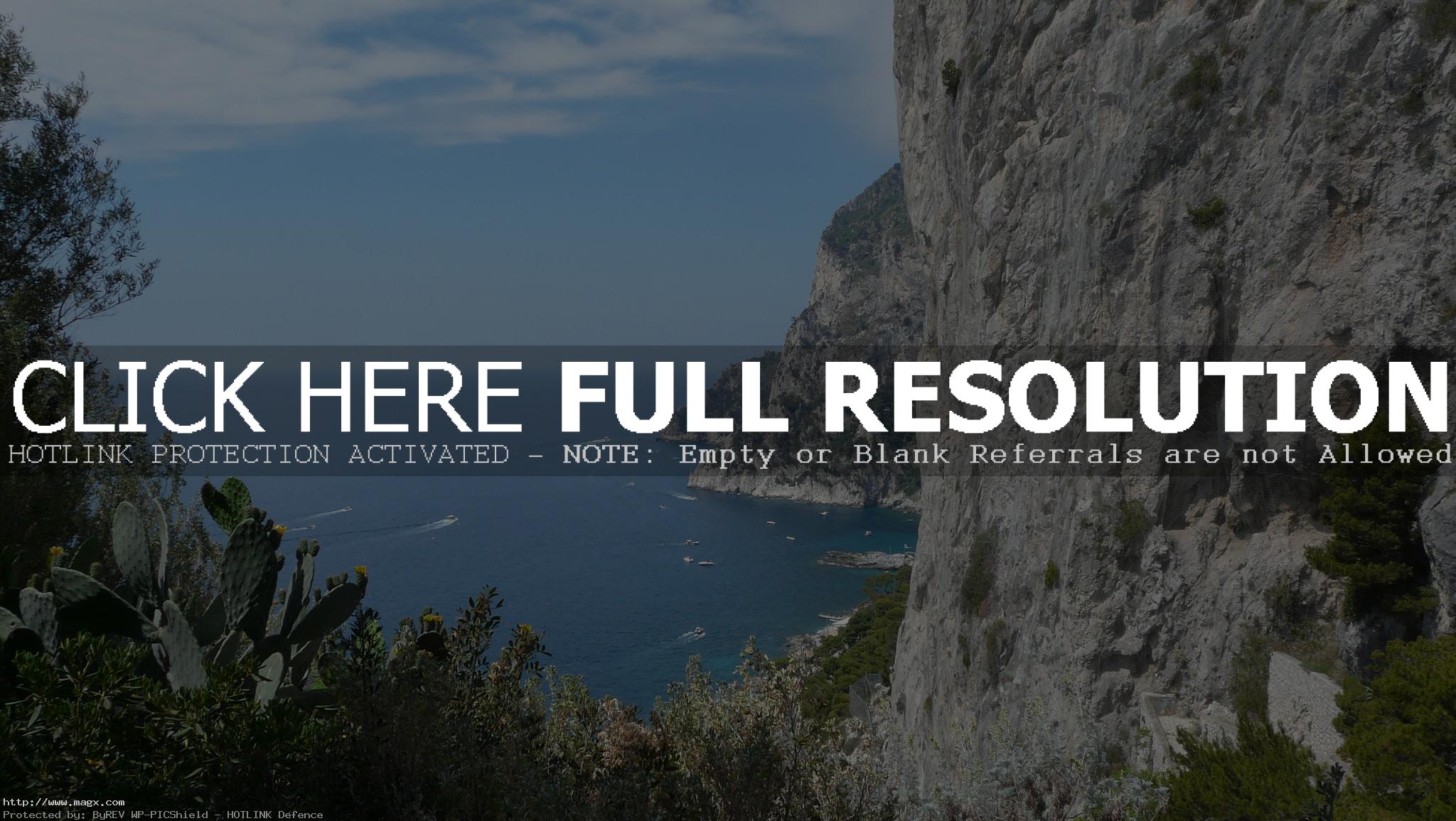







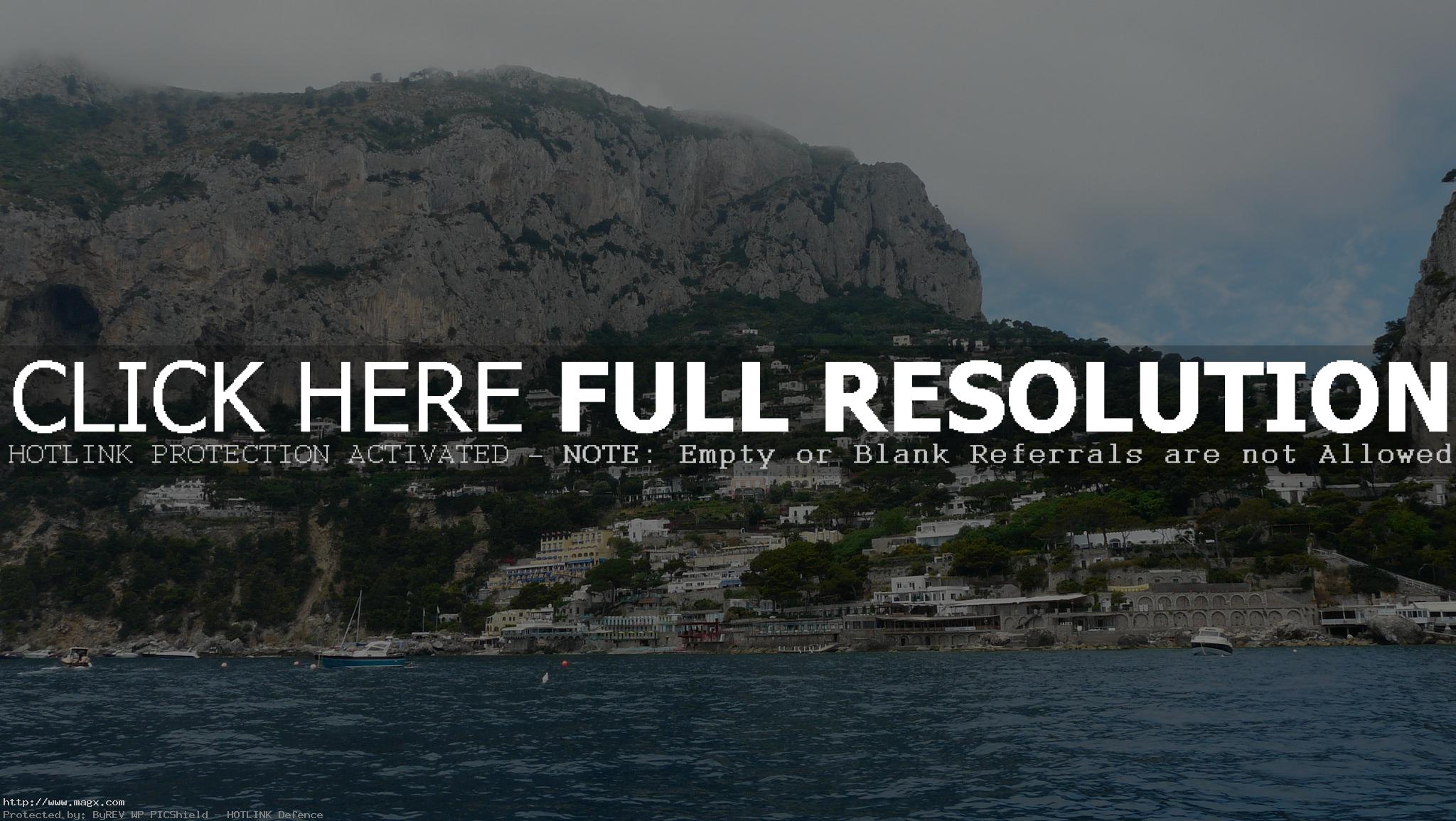
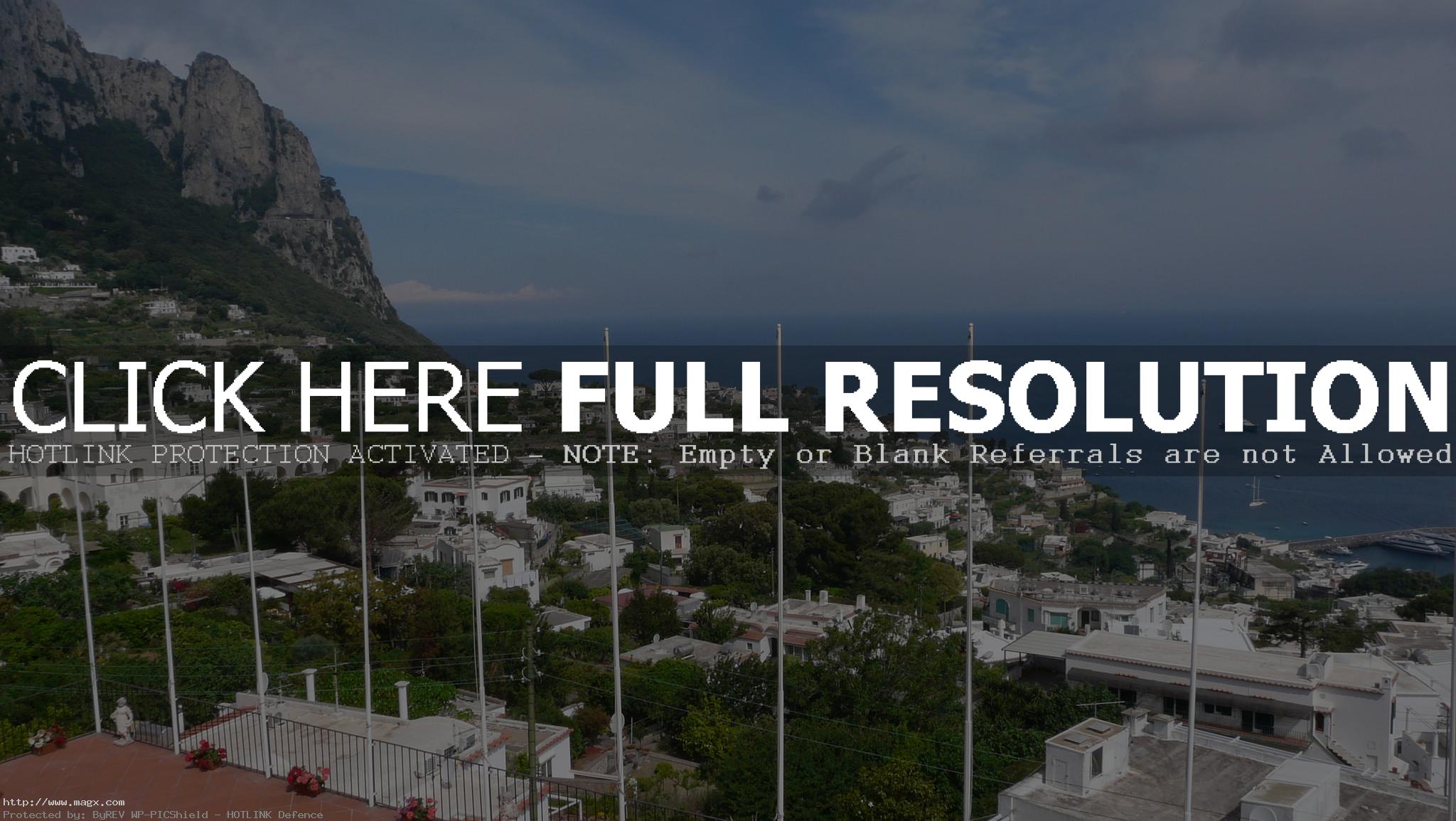
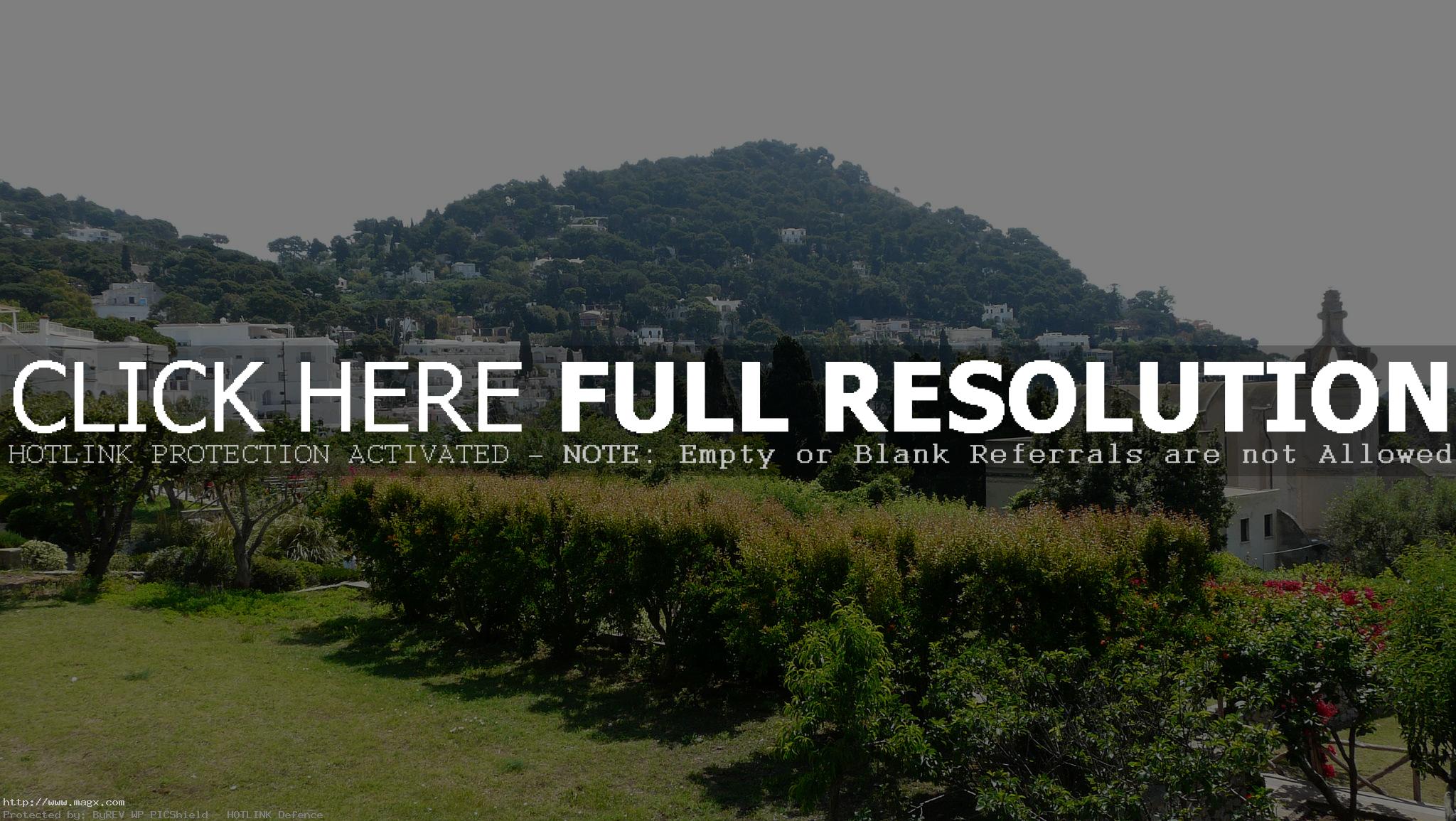
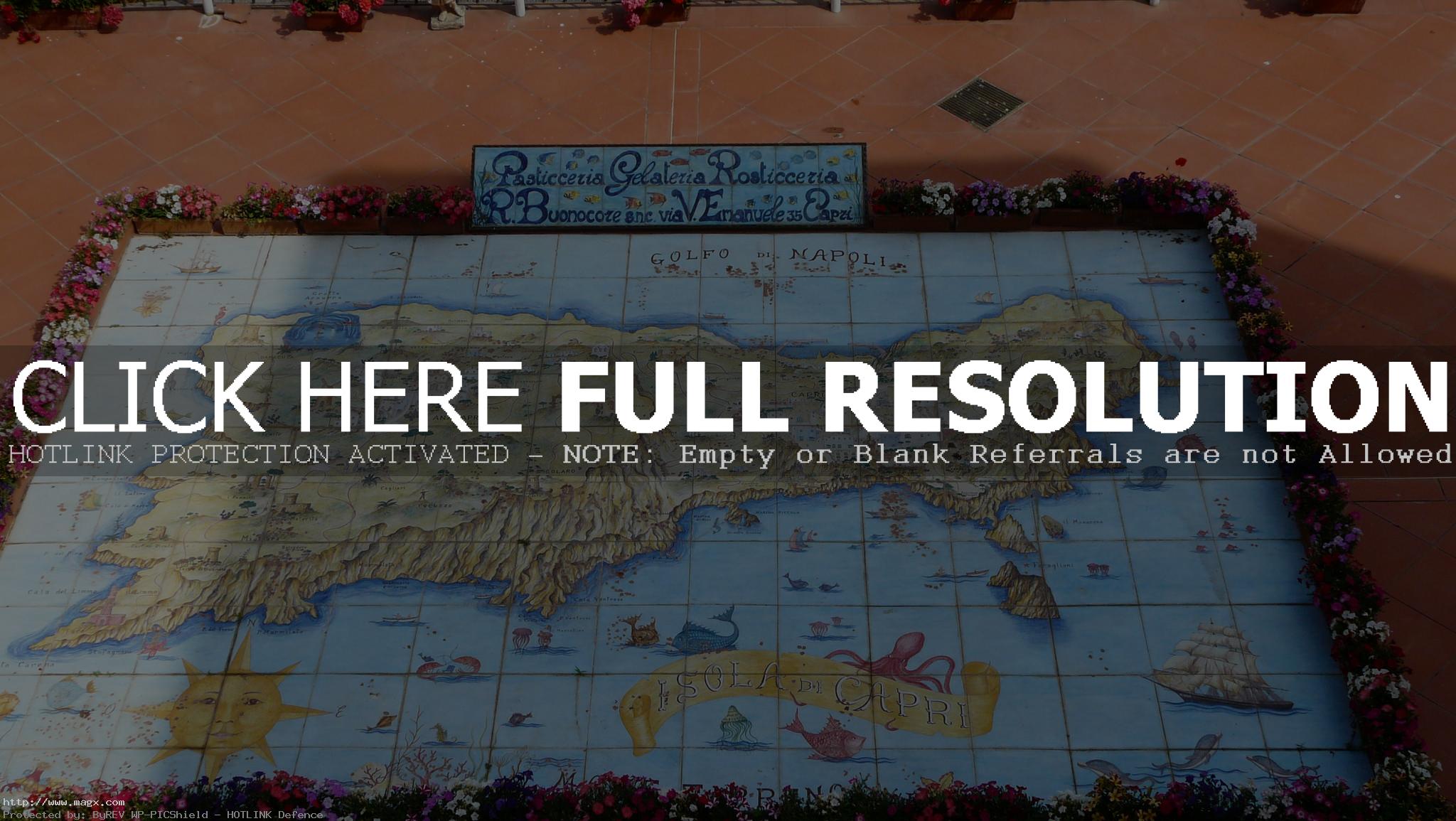
credit: Martina Grosty
Tags: Capri, capri-island, capri-italy, Island, Italy, Naples, Sea, Sorrentine Peninsula, Tyrrhenian, Tyrrhenian Sea
Relevant Articles
The theatre was constructed in the 1st century CE and further extended in the 3rd century CE. The theatre had a capacity of 3-4,000 spectators. Part of its 22m-high facade is still intact. In summer, performances are held in the better-preserved lower section.
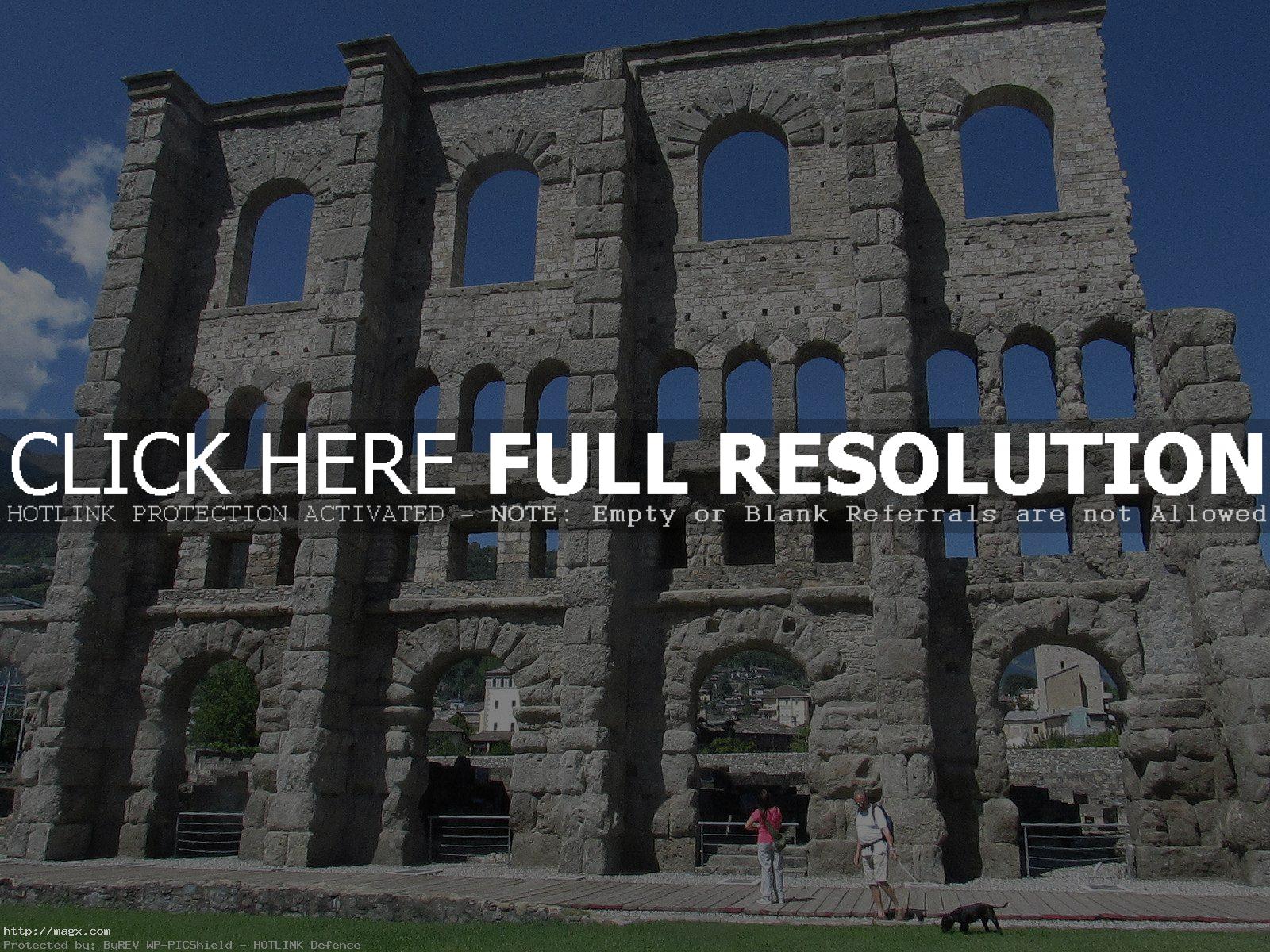
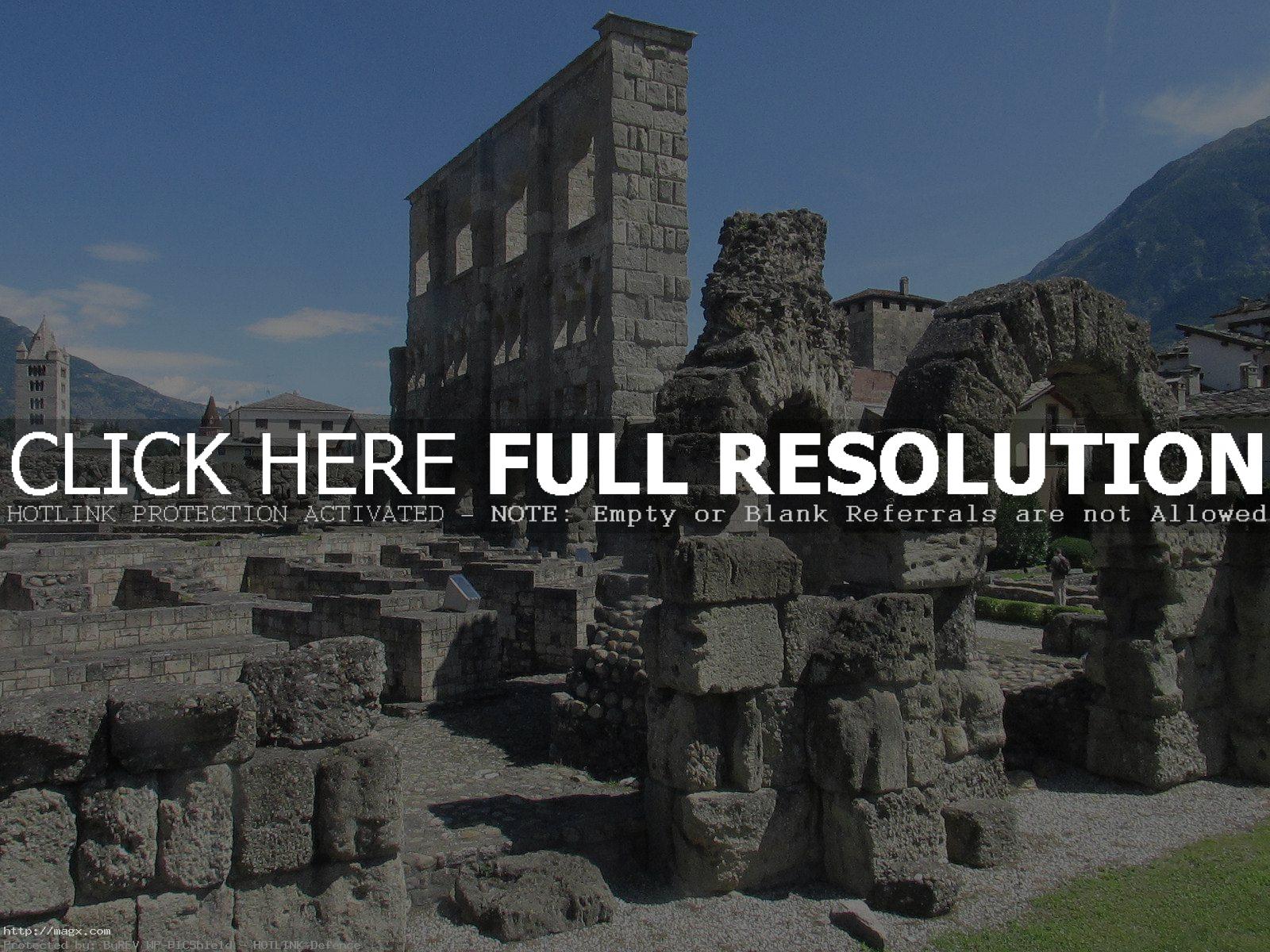
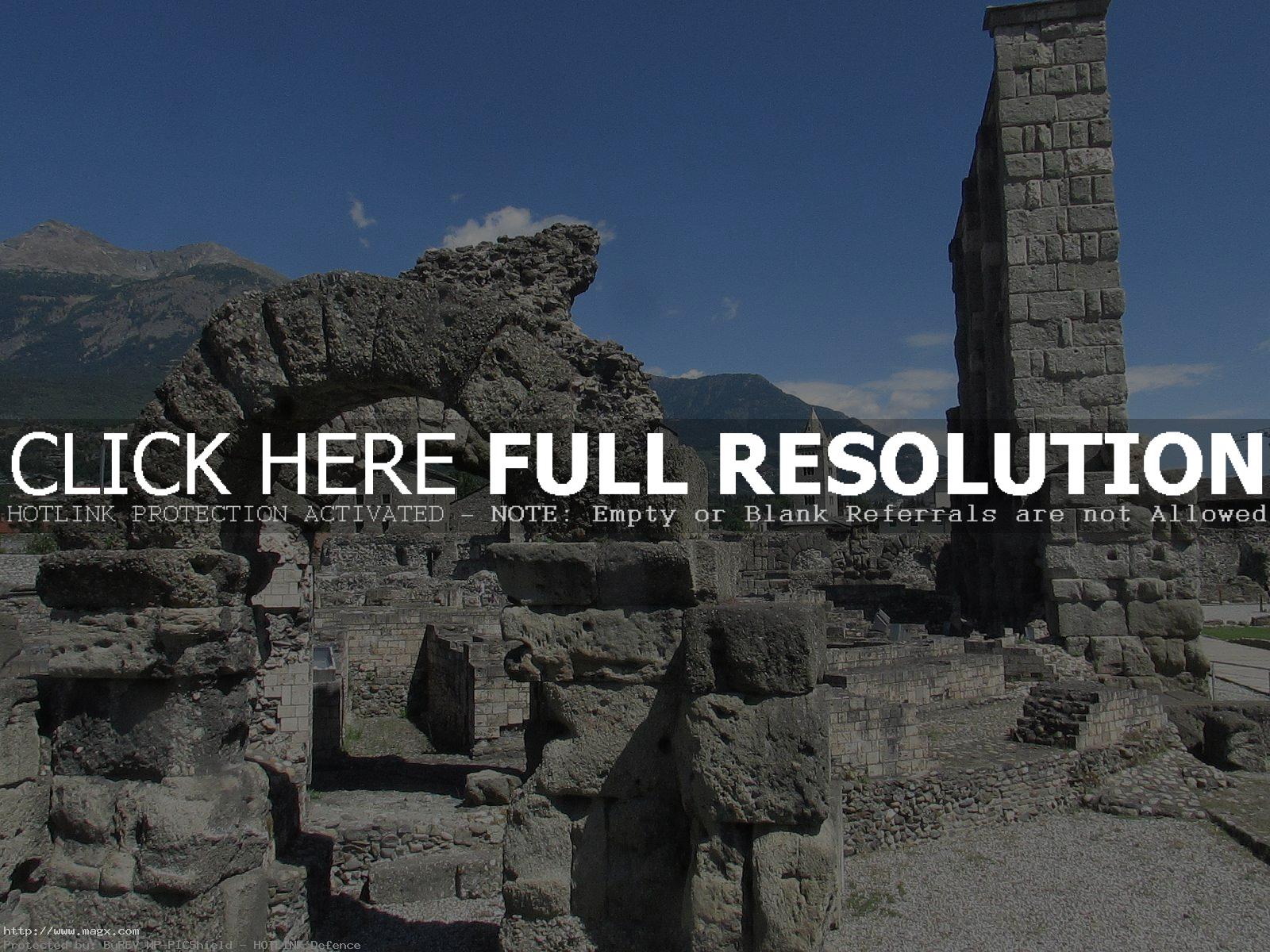
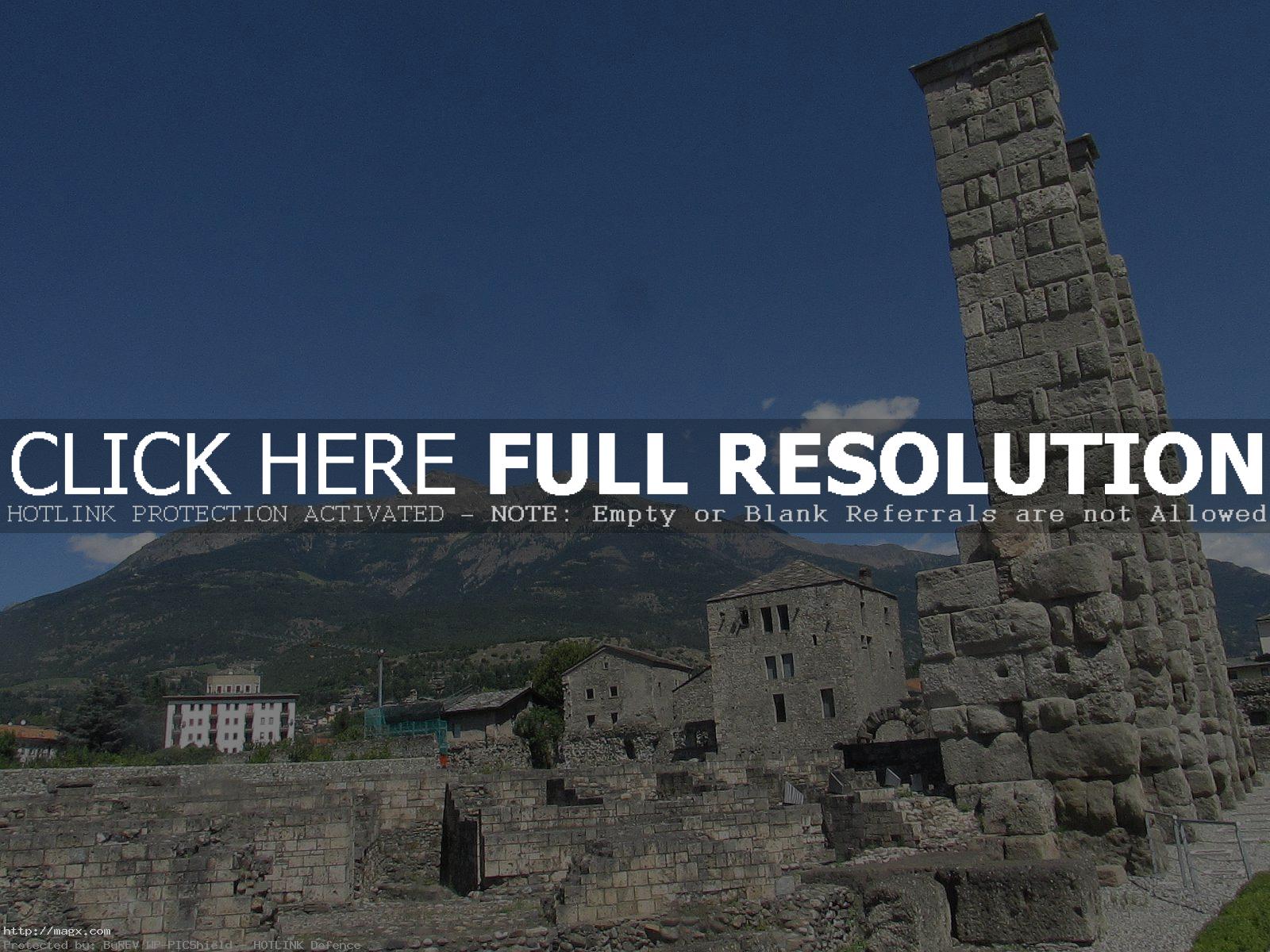
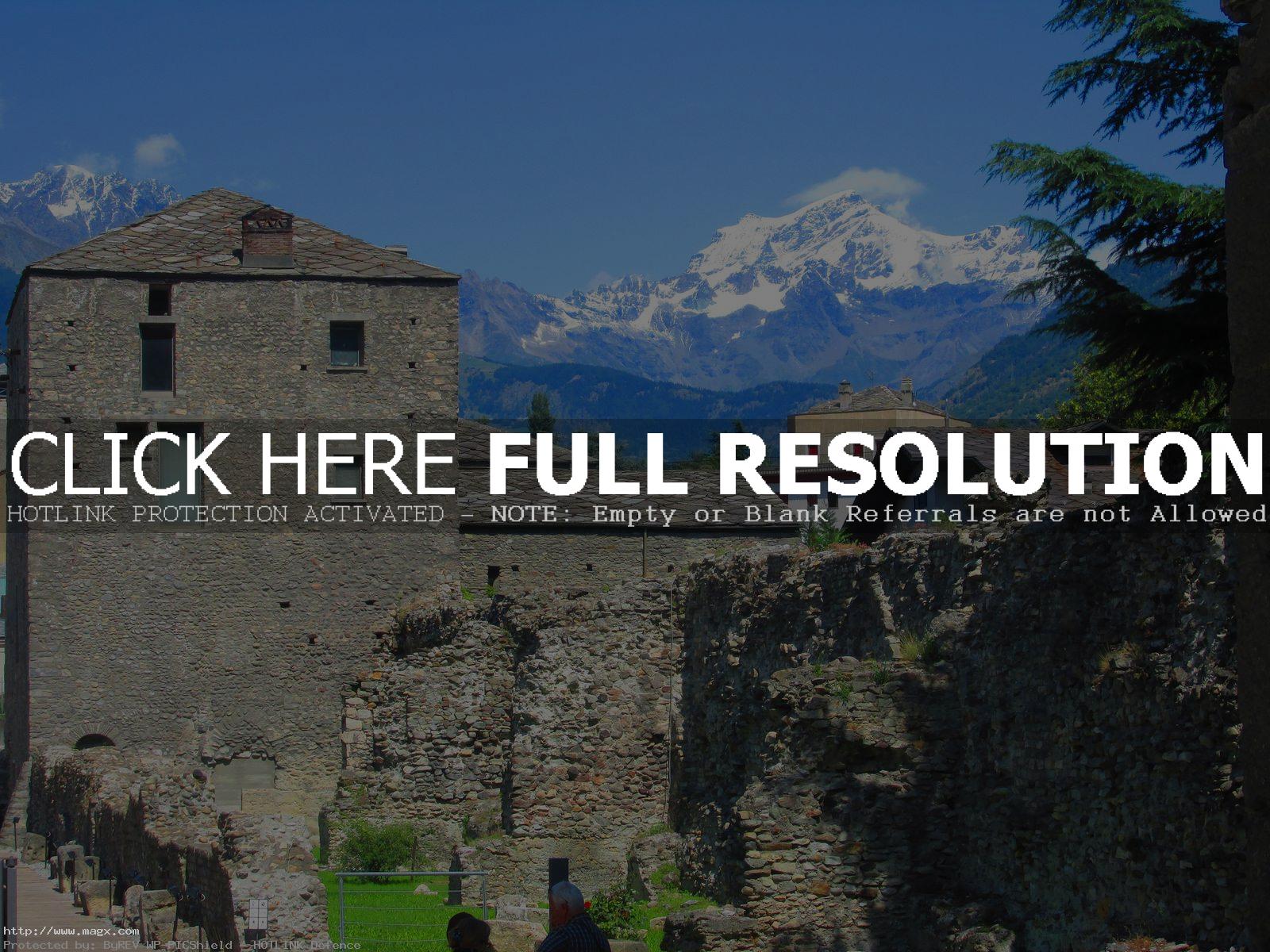

credit: claudio.secci
Tags: Aosta, Aosta Valley, Arches, Burgundy, Italy, Roman, Roman Theatre, Savoy, Theatre, Tourism
Relevant Articles
The Tennis Italian Open Rome Master 2015, officially named as Internazionali BNL d’Italia features the best players at the Foro Italico in Rome as one of the three ATP World Tour Masters 1000 contested on clay. The tournament is played currently during the second week of May. Ticket prices vary, depending on the games, the time of day they are held and the field in which they take place. Indicatively ticket prices hovering from a minimum of 16 euro to a maximum of 150 euro for the finals of the Centre Court.










credit: Marianne Bevis
Tags: 2015, andy murray, atp, ATP World Tour, Italy, maria sharapovova, novak djokovic, roger federer, Rome, Rome Masters, Superstars, Tenis, tenis celebrity, tenis superstars, venus williams, wta
Relevant Articles


The site of the Dolomites comprises a mountain range in the northern Italian Alps, numbering 18 peaks which rise to above 3,000 metres and cover 141,903 ha. It features some of the most beautiful mountain landscapes anywhere, with vertical walls, sheer cliffs and a high density of narrow, deep and long valleys. They were named Dolomites after the geologist Déodat de Dolomieu and in 2009 their unique beauty was recognised by UNESCO which designated them a World Heritage property.

Odle di Funes

Passo Brogles

Cimon della Pala

Lago Sorapiss

Mt Pelmo from Lago delle Baste

Mt Pelmo from Lago delle Baste

Val Venegia

Montagna Totemica

A Pond in Fanes

Fanes

Cimone and Ice

Lago Sorapiss

Odle & Yellow Flowers

Lago Sorapiss

Odle and Clouds

Steps
credit: rachel_thecat
Tags: alps, beautiful, Cimon della Pala, Dolomites, Italy, Lago delle Baste, Lago Sorapiss, landscape, Landscapes, Mt Pelmo, Odle di Funes, Passo Brogles, UNESCO, Val Venegia, World Heritage Centre
Relevant Articles
Catania is Sicily’s second largest city, with a population of around 300,000. It is among Italian hottest cities with a summer temperature that can exceed 40° degrees. It lies on the Ionian Sea, near Mount Etna, or “A Muntagna” as the locals refer to it. Subjected to Etna’s fickle temperament, Catania has been damaged by lava flows and earthquakes on several occasions. A particularly destructive volcanic eruption in 1669 was followed by a serious earthquake in 1693. The city has a history dating back 2700 years, dominated by several different cultures like Greeks, Romans, Arabs, Normans, Spanish, etc. The city is full of attractions, offering historic and artistic wonders for everyone.


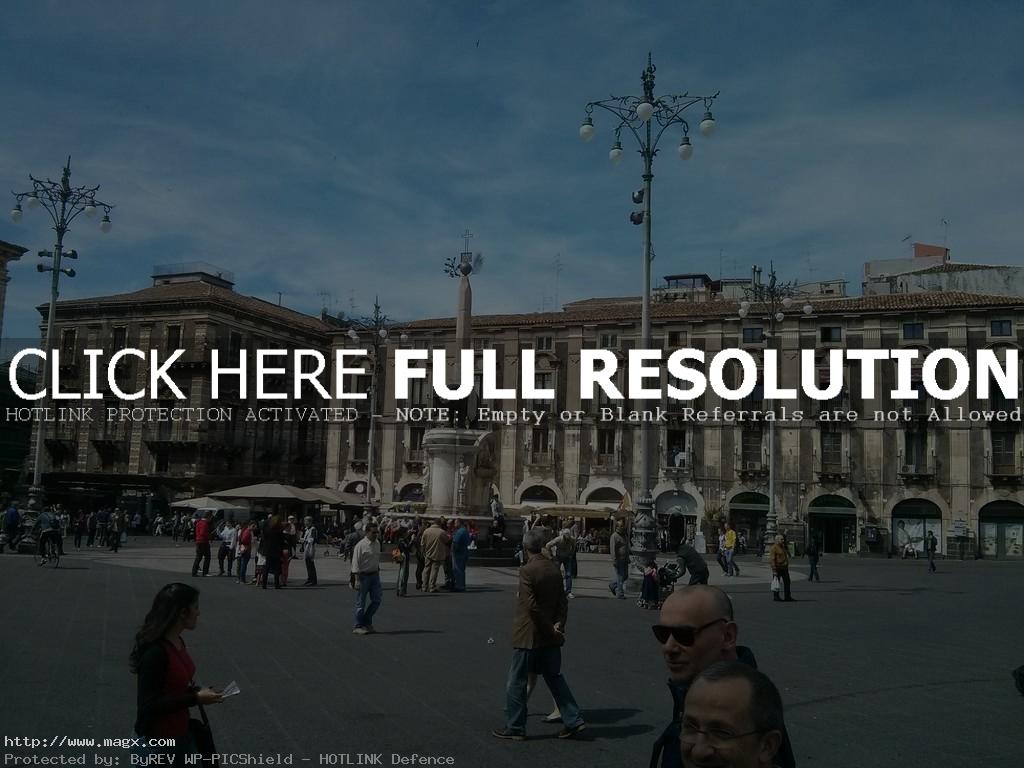
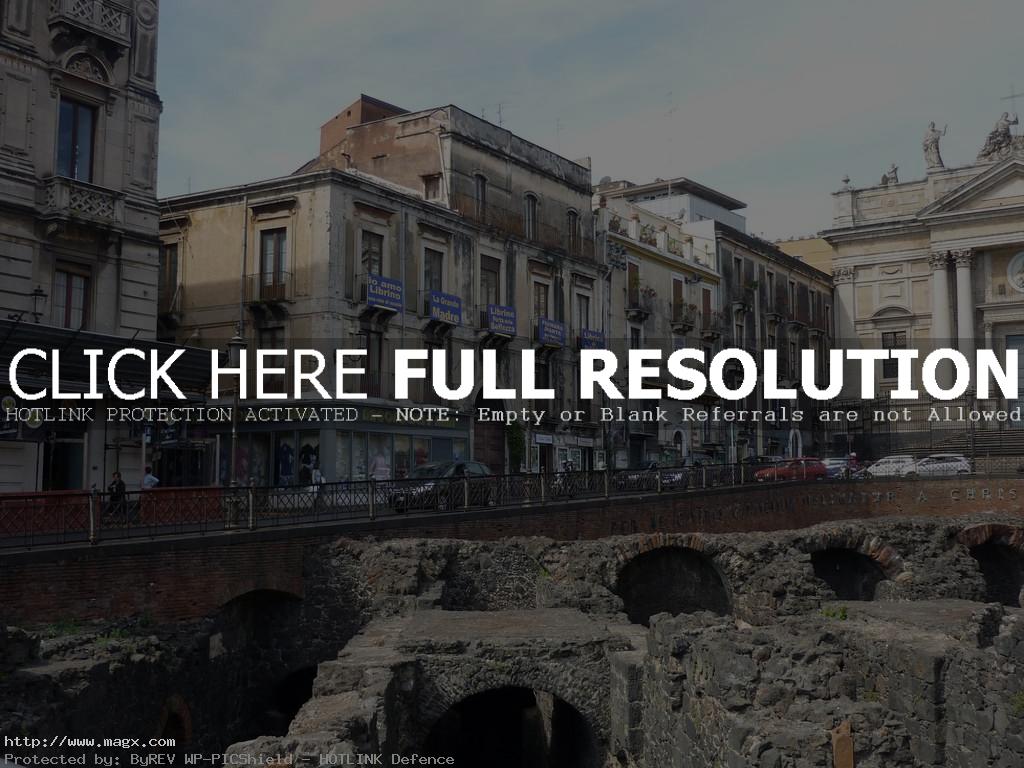
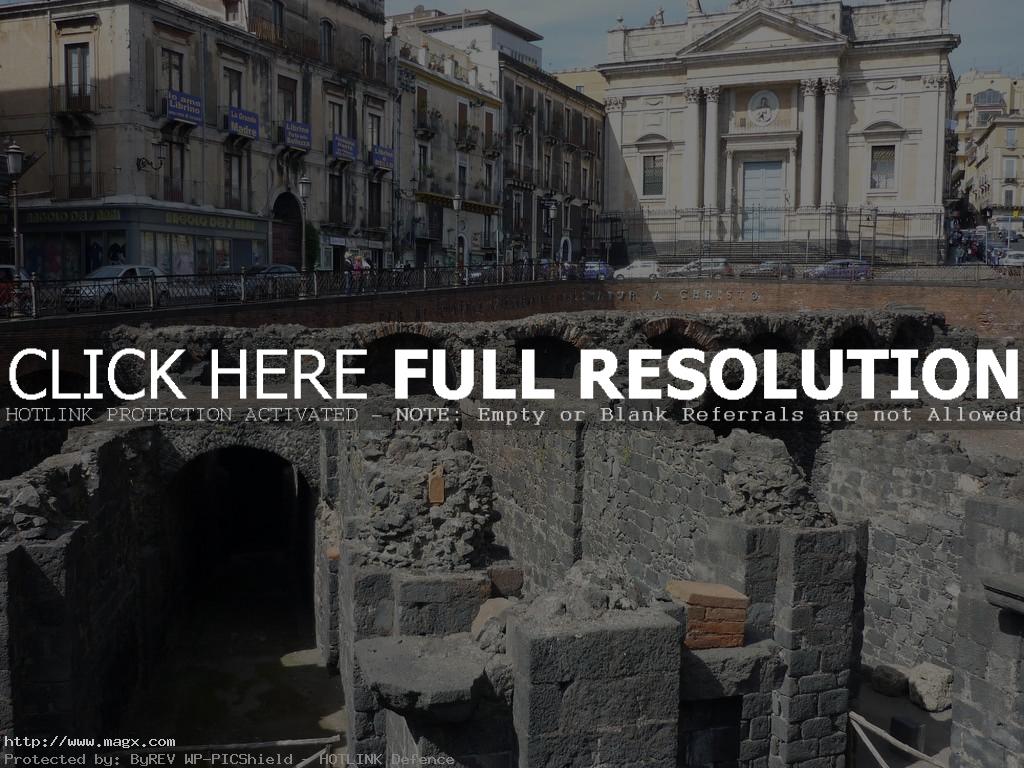

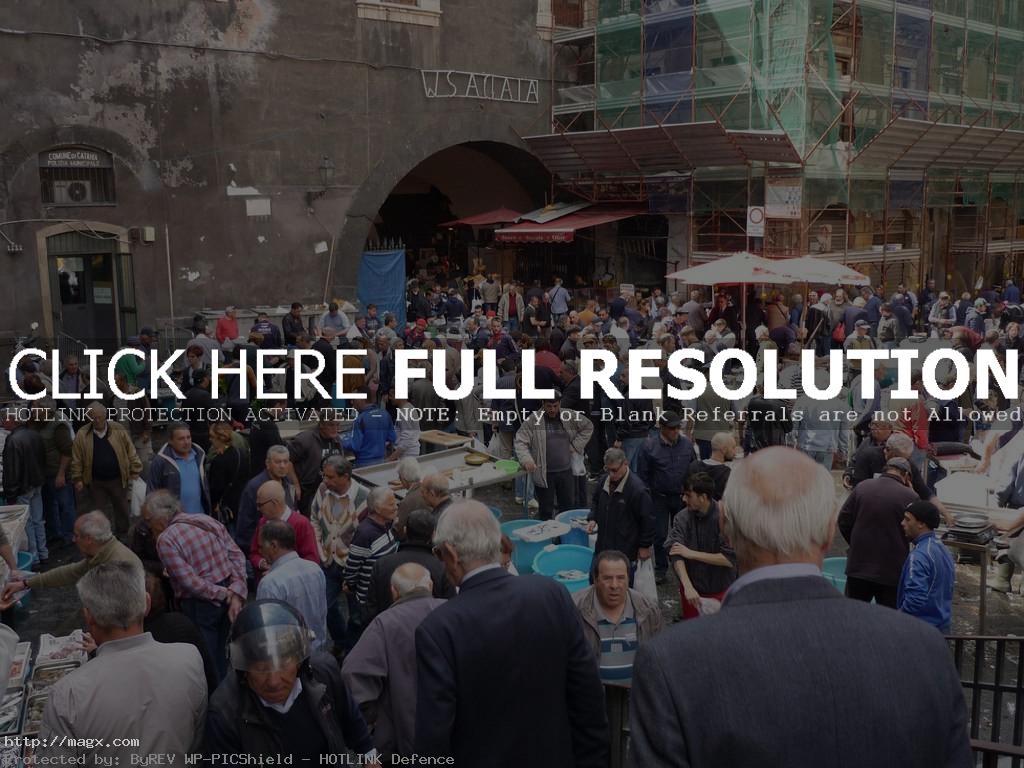
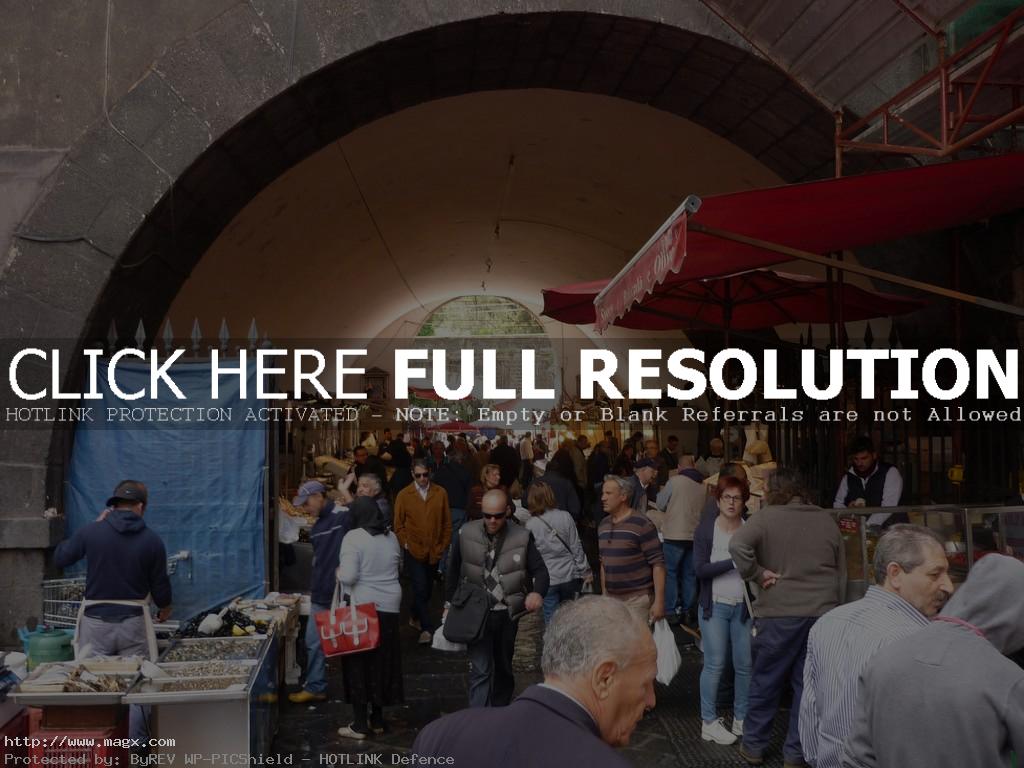

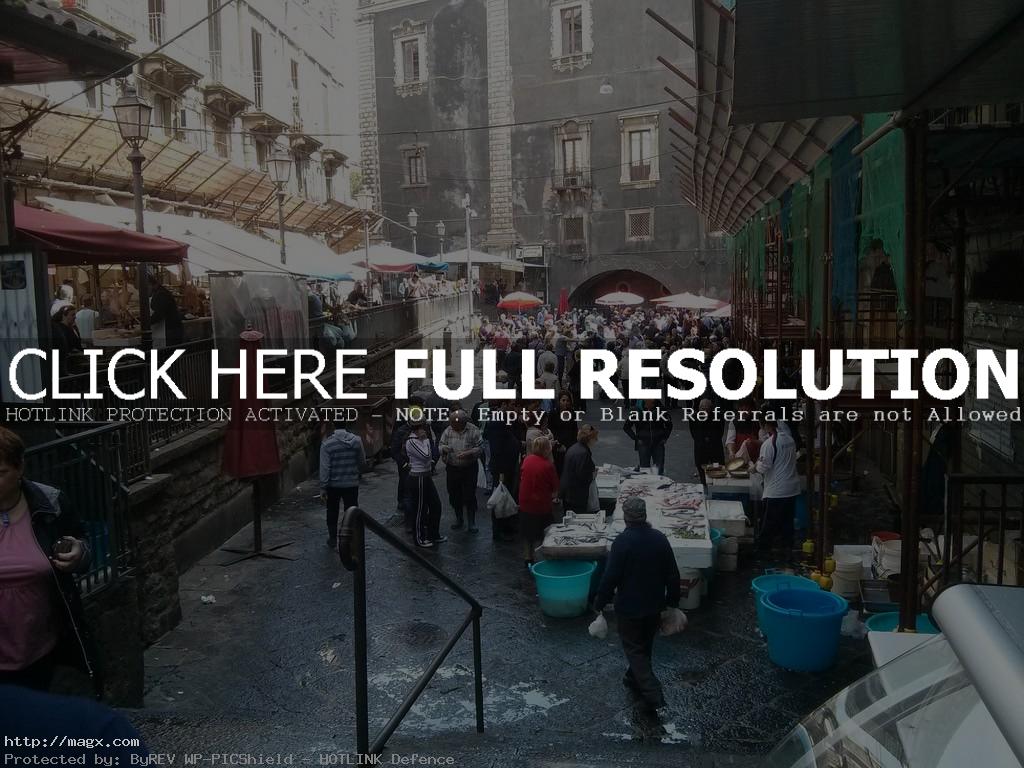


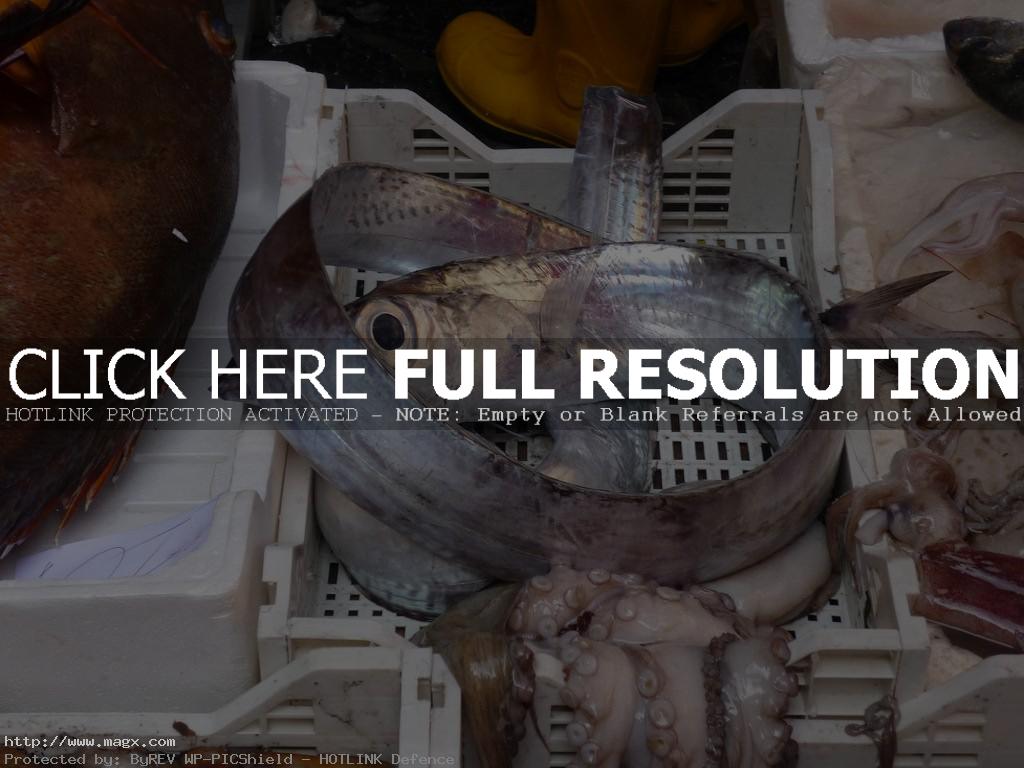


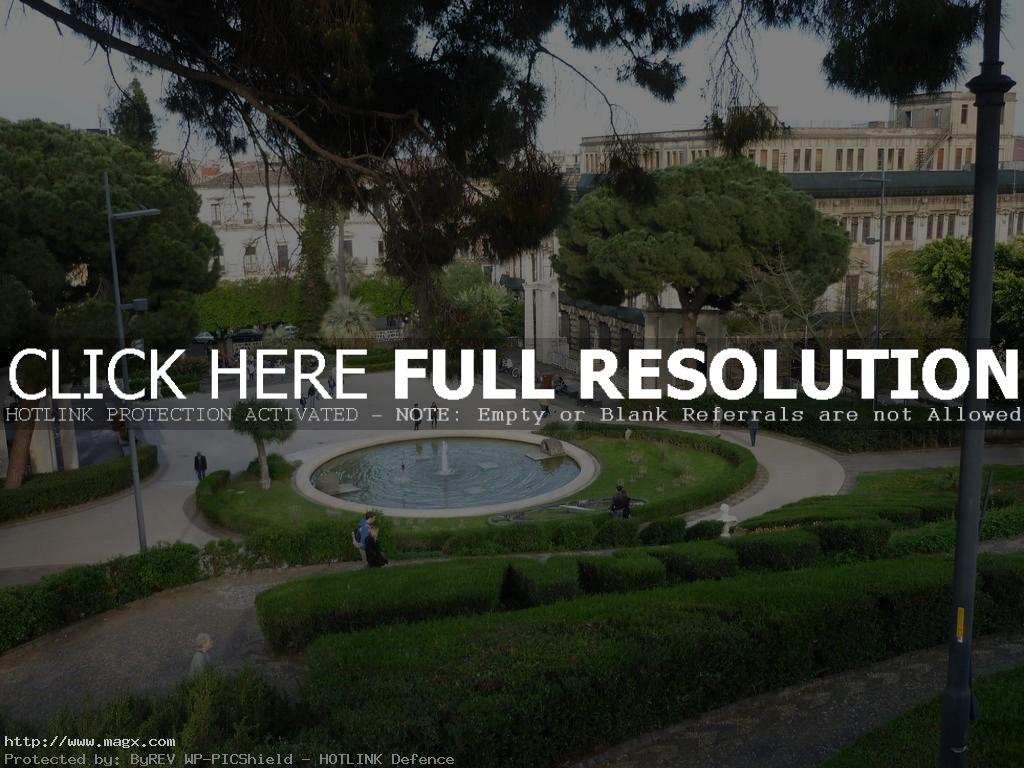

credit: Jesús Cabrera
Tags: Catania, city, cosa nostra, Discover, etna, ionian sea, Italy, mafia, Roman, Sicily
Relevant Articles
GameCon is an event where game developers showcase their games to the public. The event highlights interactive games and entertainment. It showed entertainment and business in a new dimension.










credit: Redazione Fuorigio.co
Tags: 2014, Cologne, comicon, Gamecon, Gran Turismo 6, Italy, Naples, Napoli, Napoli Comicon, napoli Gamecon, Napoli Gamecon 2014, Nissan GT Academy, PlayStation, PlayStation 3
Relevant Articles










 Stunning Little Civita di Bagnor...
Stunning Little Civita di Bagnor... Visit Venice, Italy
Visit Venice, Italy Beautiful Landscapes of Dolomite...
Beautiful Landscapes of Dolomite... Isola Bella and Palazzo Borromeo...
Isola Bella and Palazzo Borromeo... Island of Capri in Tyrrhenian Se...
Island of Capri in Tyrrhenian Se... Roman Colosseum – Historic...
Roman Colosseum – Historic... Forgotten Ancient City of Mintur...
Forgotten Ancient City of Mintur...


















 Baalbek – Forgotten Roman...
Baalbek – Forgotten Roman... Ephesus – Exploring Ancien...
Ephesus – Exploring Ancien... Burano – The Most Colourfu...
Burano – The Most Colourfu... City Palace of Jaipur – Pl...
City Palace of Jaipur – Pl... Rovijn – One of the most p...
Rovijn – One of the most p... Castelluccio di Norcia in Italy
Castelluccio di Norcia in Italy Historic Centre of Evora, Portug...
Historic Centre of Evora, Portug...






















 Alcazar Royal Palace of Seville,...
Alcazar Royal Palace of Seville,... Palace of Fontainebleau, France
Palace of Fontainebleau, France National Palace of Pena, Portuga...
National Palace of Pena, Portuga...















 Twilight – The Lion Fell I...
Twilight – The Lion Fell I...
















 The Last Sinking House on Hollan...
The Last Sinking House on Hollan... The Tokyo Sea Life Park
The Tokyo Sea Life Park Salina Island – Paradise n...
Salina Island – Paradise n... Visiting Mediterranean City of B...
Visiting Mediterranean City of B... Fuerteventura Island, Spain
Fuerteventura Island, Spain Ellis Island – Largest Imm...
Ellis Island – Largest Imm... Picturesque Isle of Anglesey
Picturesque Isle of Anglesey






 The Orpheum Theatre in Vancouver
The Orpheum Theatre in Vancouver Palmyra before Isis Captured the...
Palmyra before Isis Captured the... Odeon of Herodes Atticus, Greece
Odeon of Herodes Atticus, Greece Ancient Roman Baths in Bath, Eng...
Ancient Roman Baths in Bath, Eng... The City of Moscow
The City of Moscow Military Tanks Riding on Civilia...
Military Tanks Riding on Civilia...










 New Honda Fit RS 2015
New Honda Fit RS 2015 Rose Parade 2015 in Pasadena
Rose Parade 2015 in Pasadena Wings Over Houston Airshow 2015
Wings Over Houston Airshow 2015 Lipsia e-Motion 2015 in Leipzig
Lipsia e-Motion 2015 in Leipzig Flower Festival Parade 2015, Tha...
Flower Festival Parade 2015, Tha... The New GMC Yukon Denali 2015
The New GMC Yukon Denali 2015 Dominika Cibulkova – Energ...
Dominika Cibulkova – Energ...
















 Stunning Landscapes of Scotland
Stunning Landscapes of Scotland Hike to Cornettes de Bise
Hike to Cornettes de Bise ACS Mountain Trek 2013 – H...
ACS Mountain Trek 2013 – H... Range Rover Hybrid Expedition
Range Rover Hybrid Expedition Valmasque River in Mercantour Na...
Valmasque River in Mercantour Na...

















 Discover Budapest by Night
Discover Budapest by Night Discover Pilanesberg National Pa...
Discover Pilanesberg National Pa... Biltmore Mansion Largest Private...
Biltmore Mansion Largest Private... Fish River Canyon – The Se...
Fish River Canyon – The Se... Discover Antelope Canyon, Arizon...
Discover Antelope Canyon, Arizon... Caerlaverock Castle – Disc...
Caerlaverock Castle – Disc... Trip to Sochi Winter Olympics 20...
Trip to Sochi Winter Olympics 20... White Night Melbourne 2014
White Night Melbourne 2014 Subiaco Public Street Art, Perth
Subiaco Public Street Art, Perth Fantastic Bristol International ...
Fantastic Bristol International ... Couture Fashion Week 2014
Couture Fashion Week 2014 Casa Loma – Beauty and the...
Casa Loma – Beauty and the...